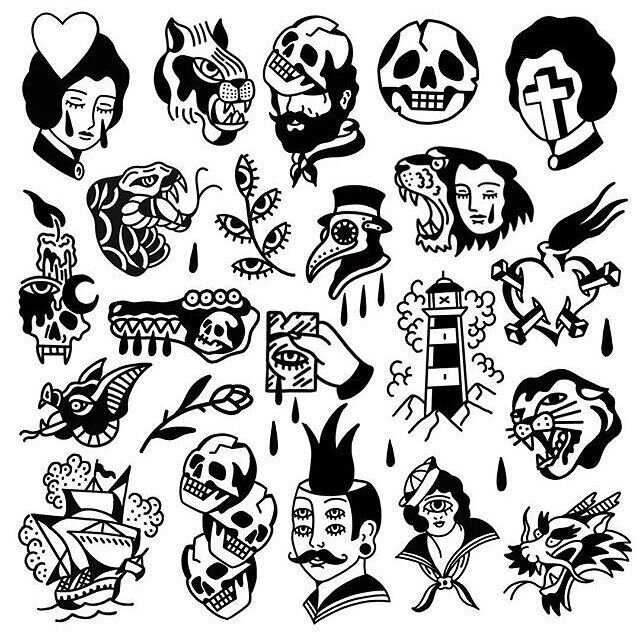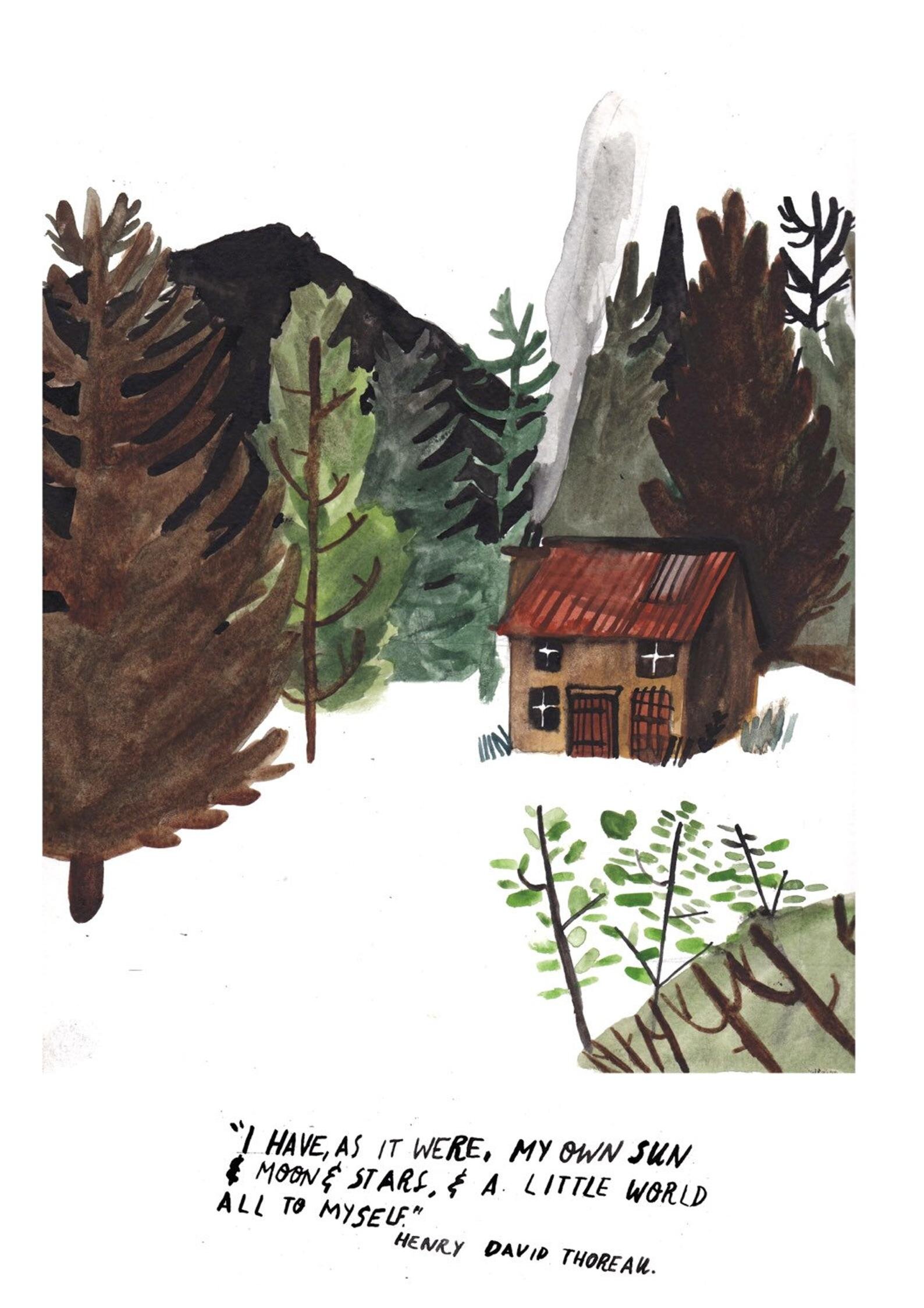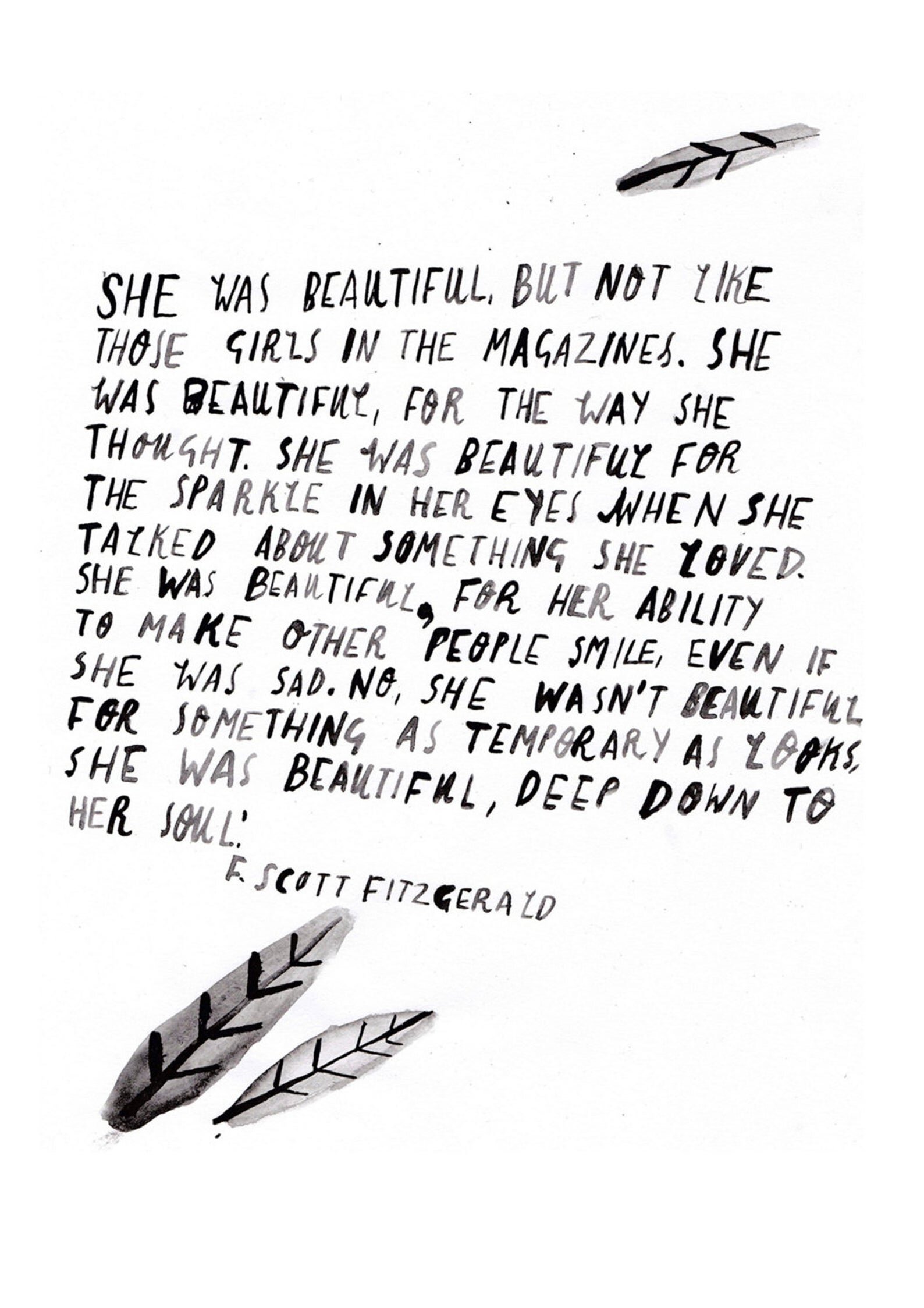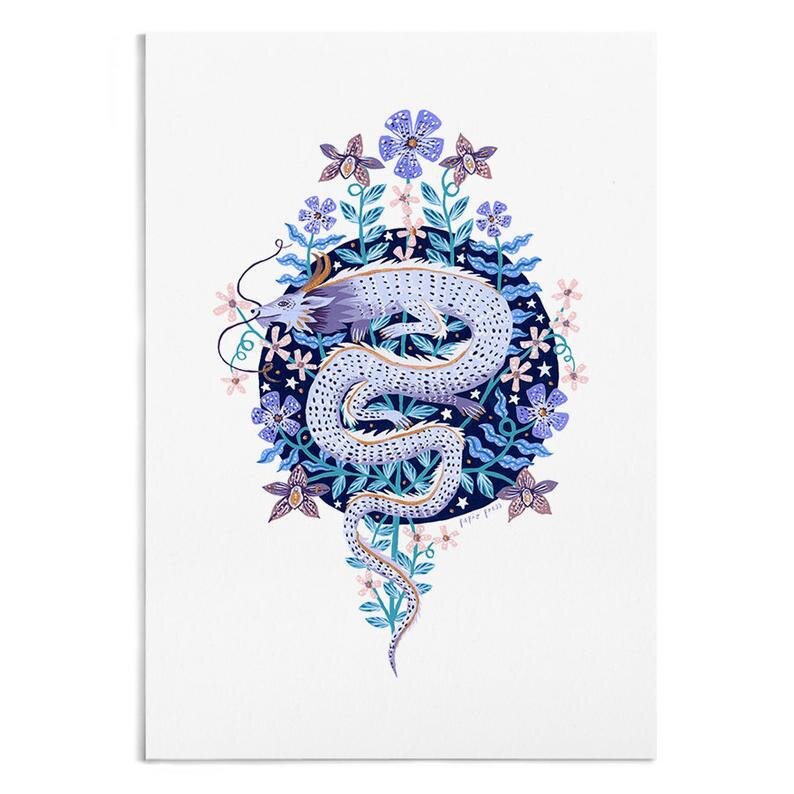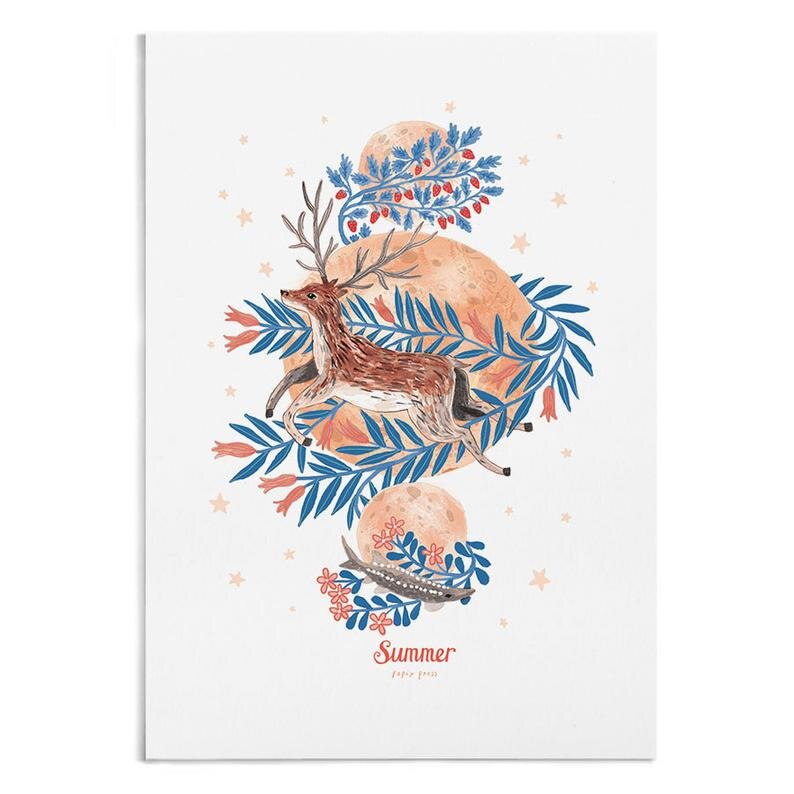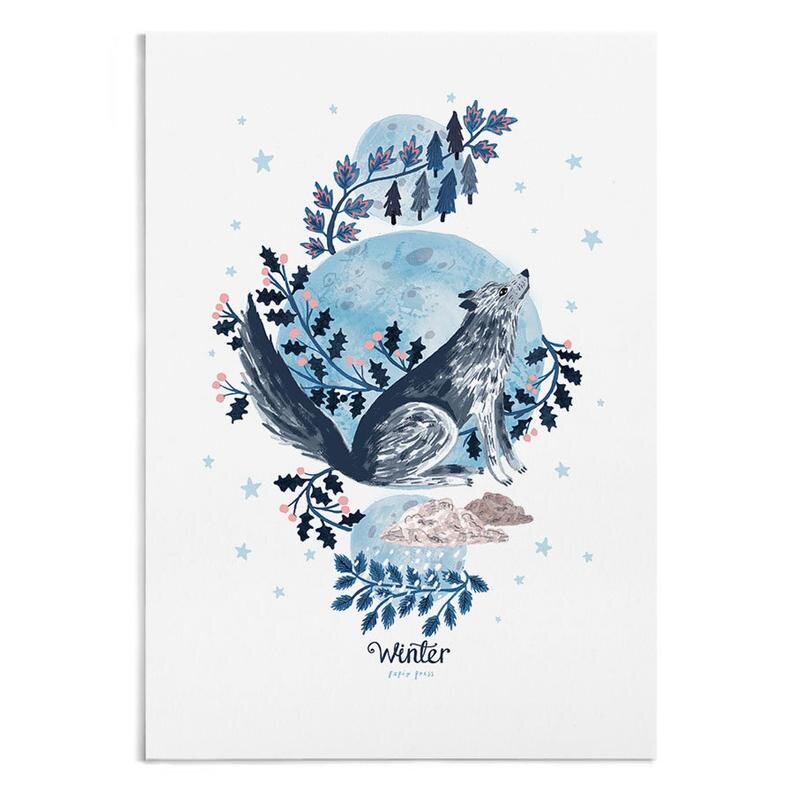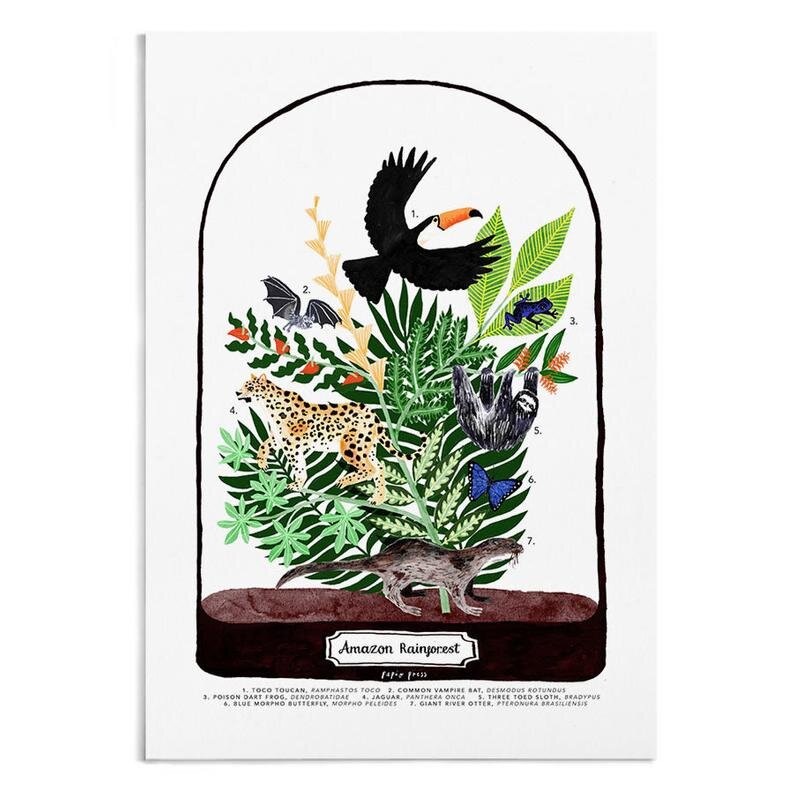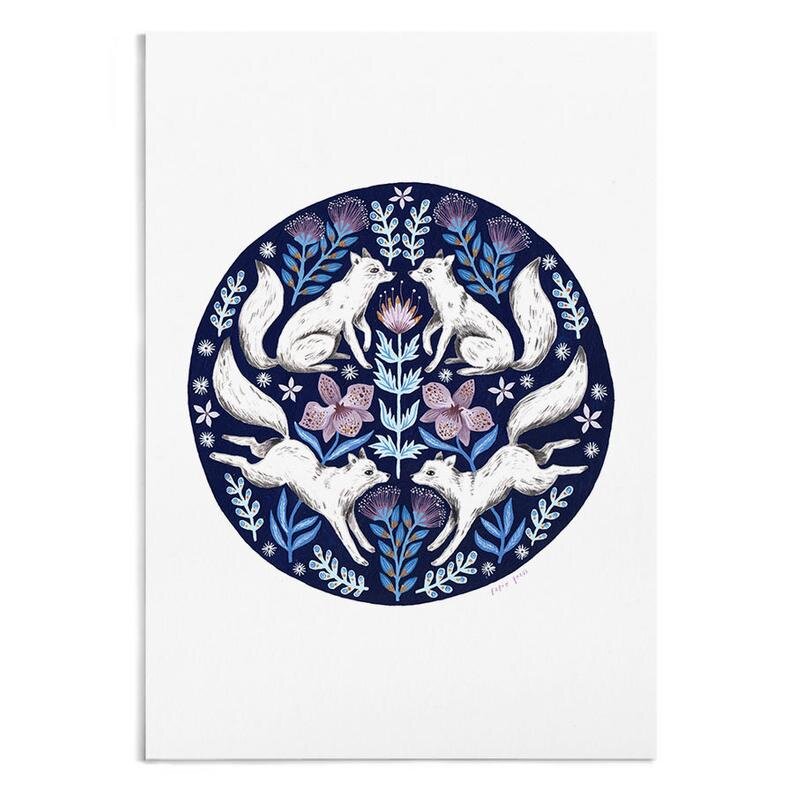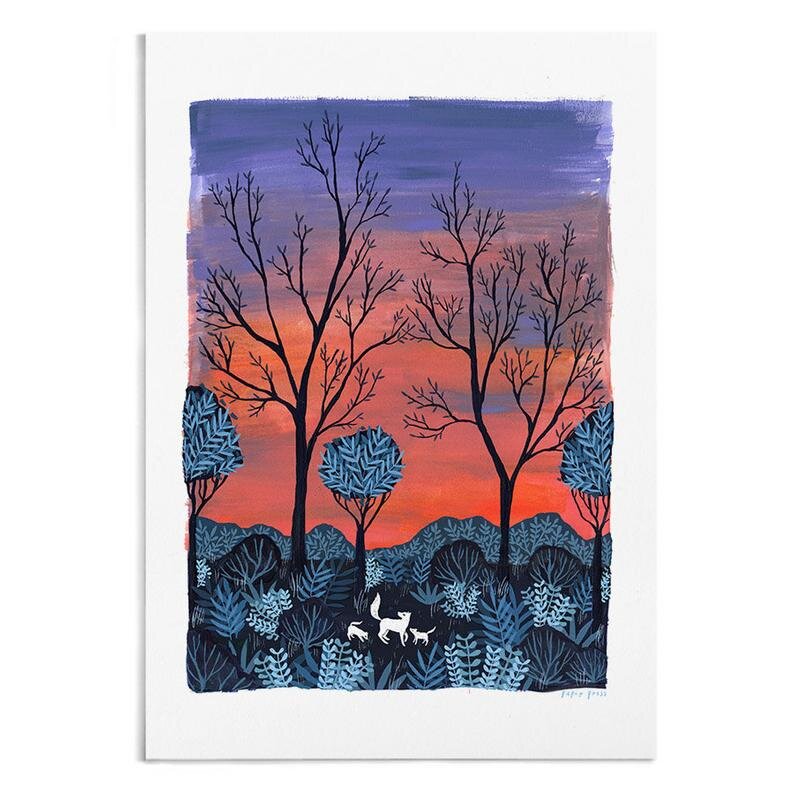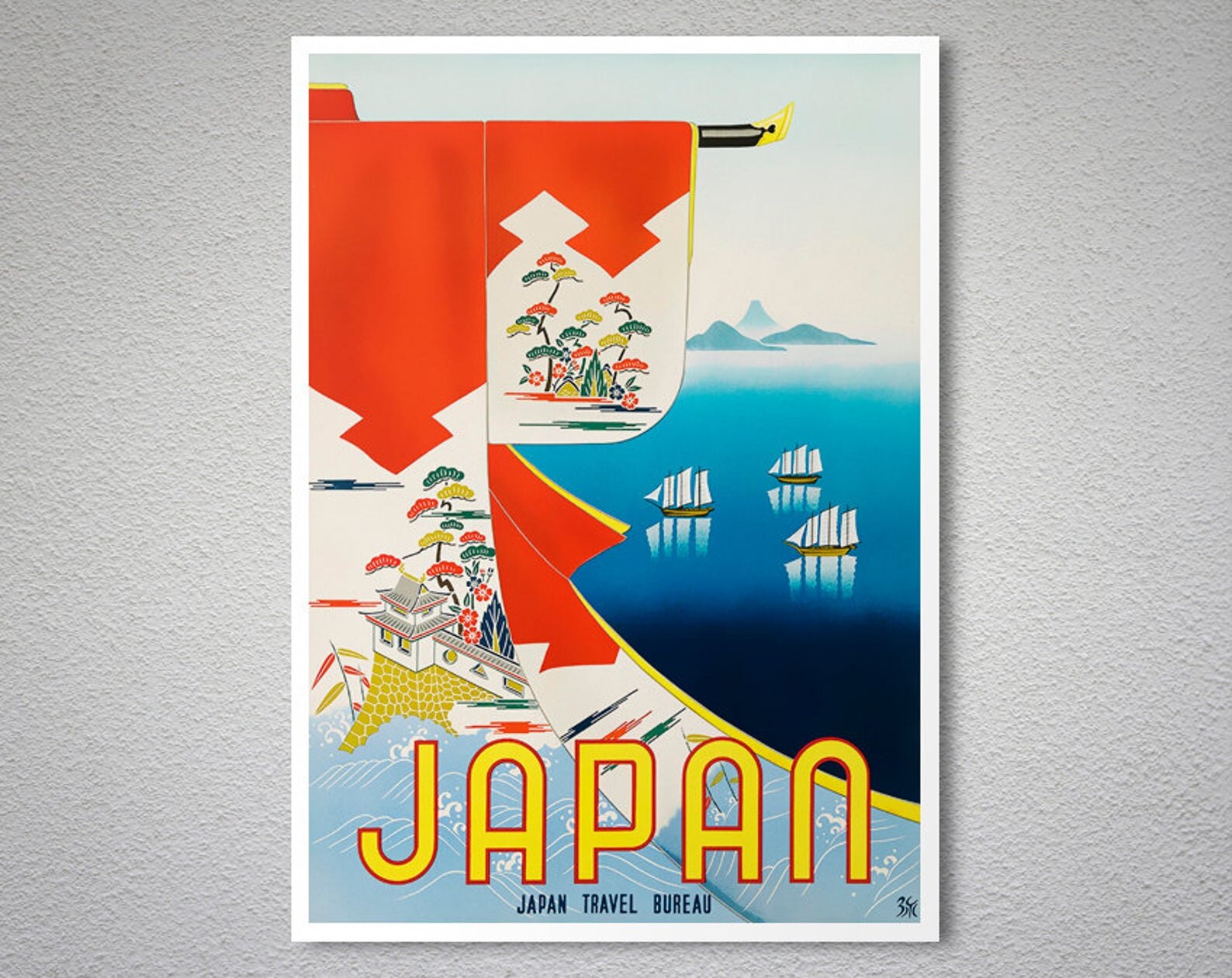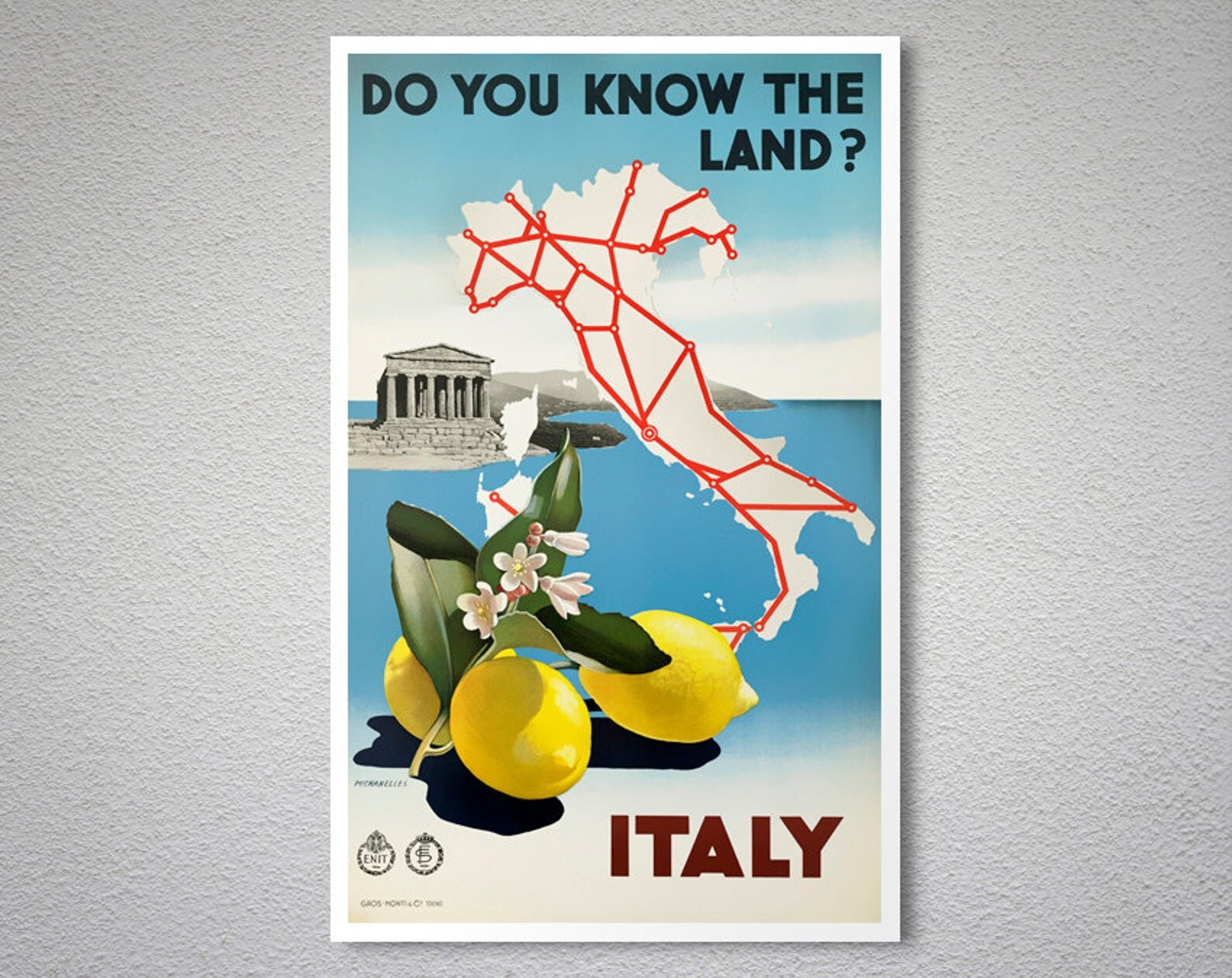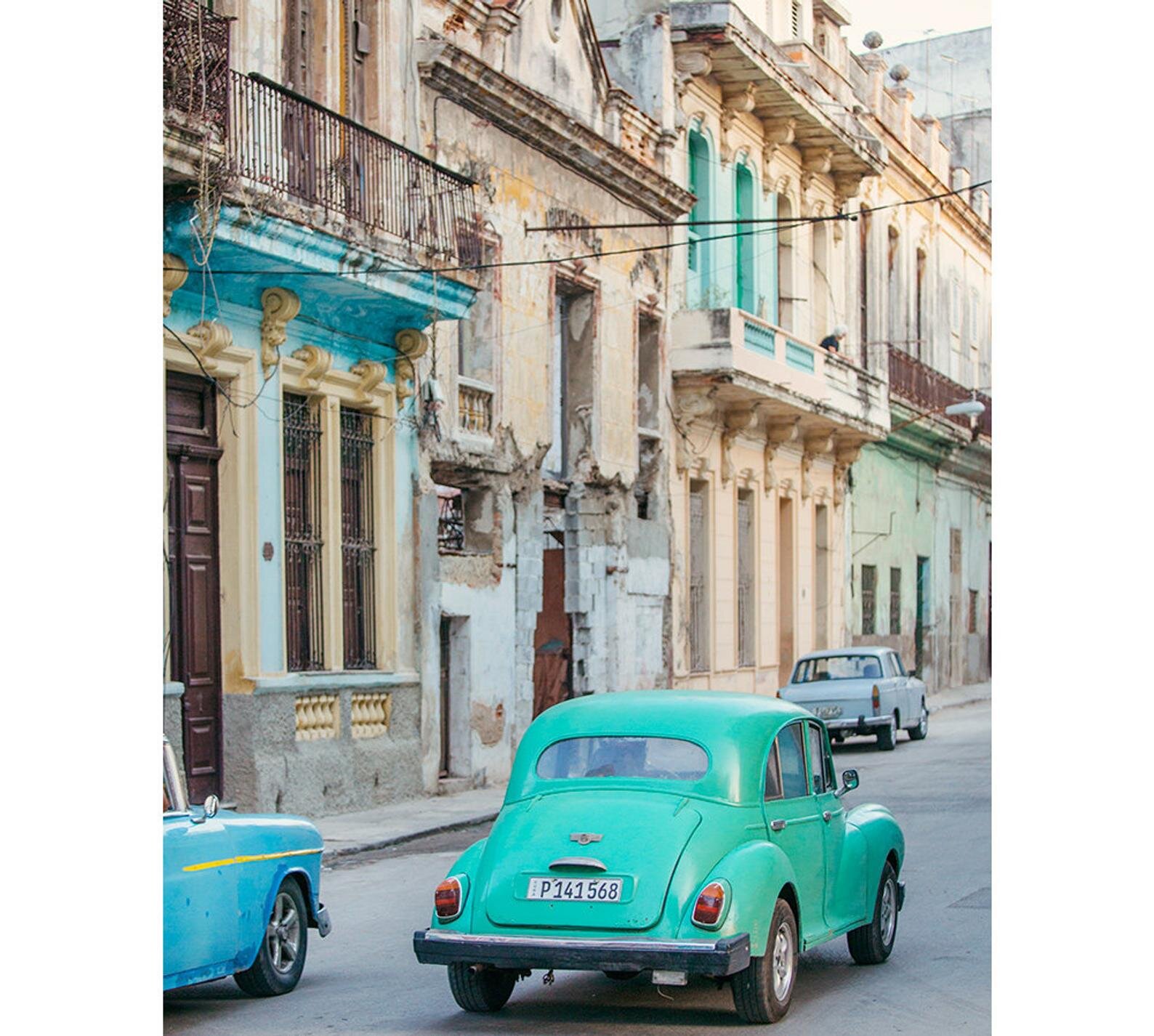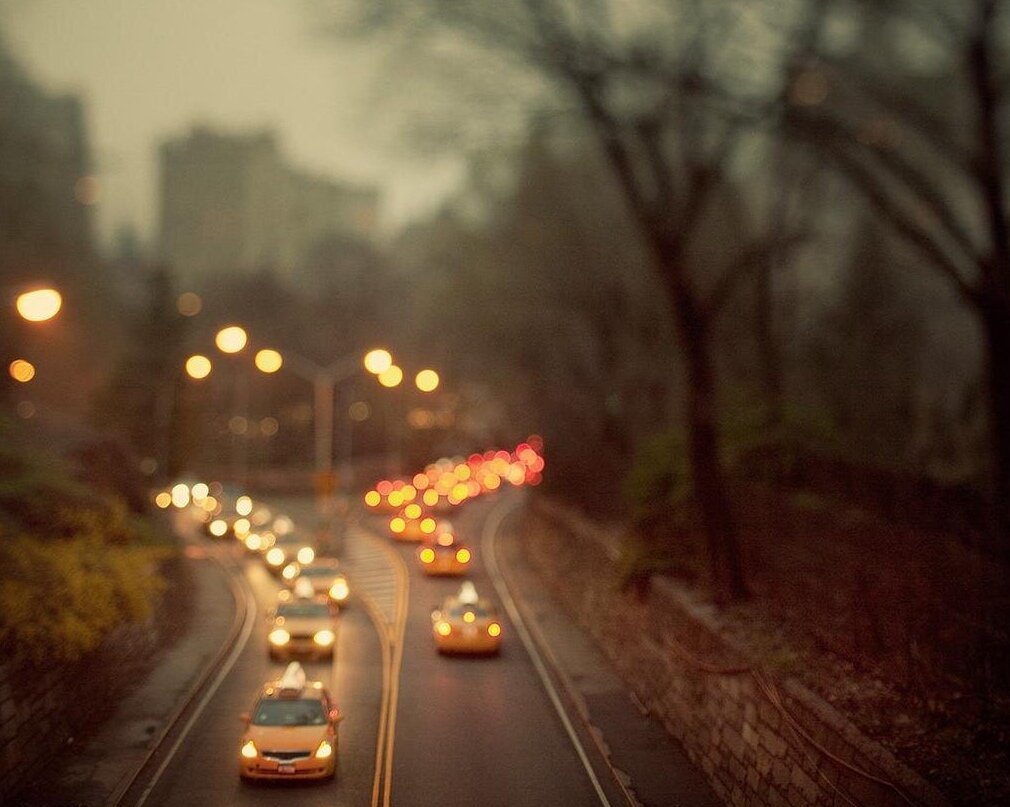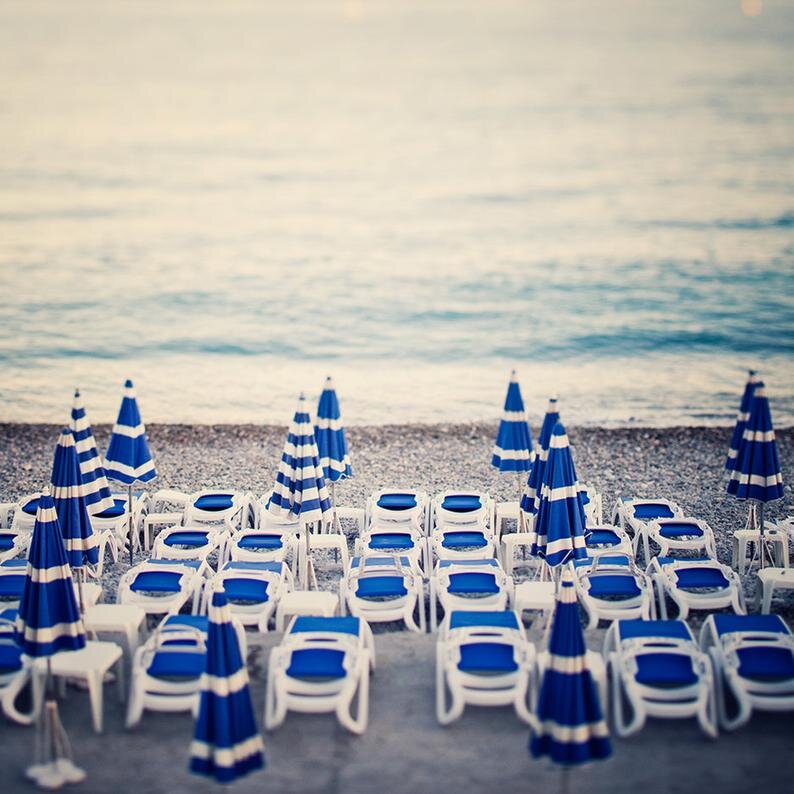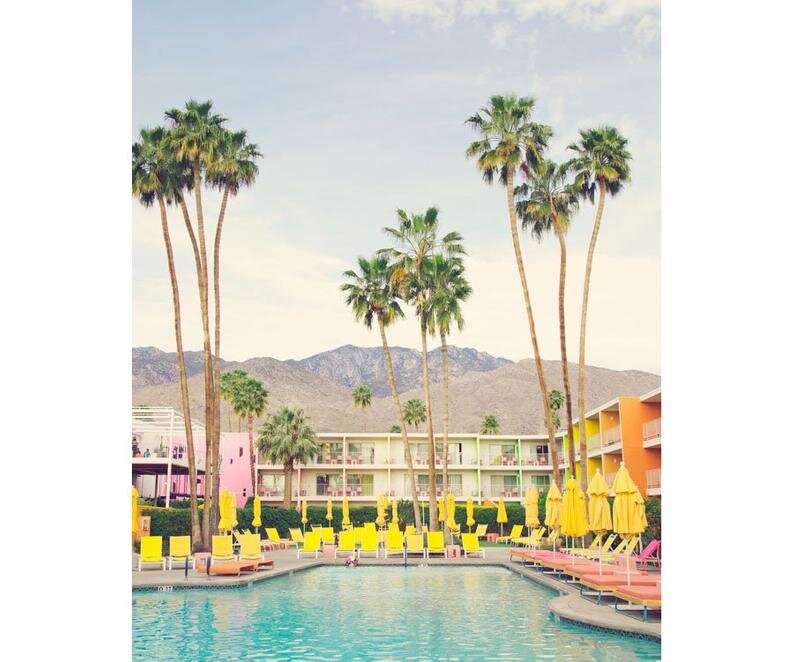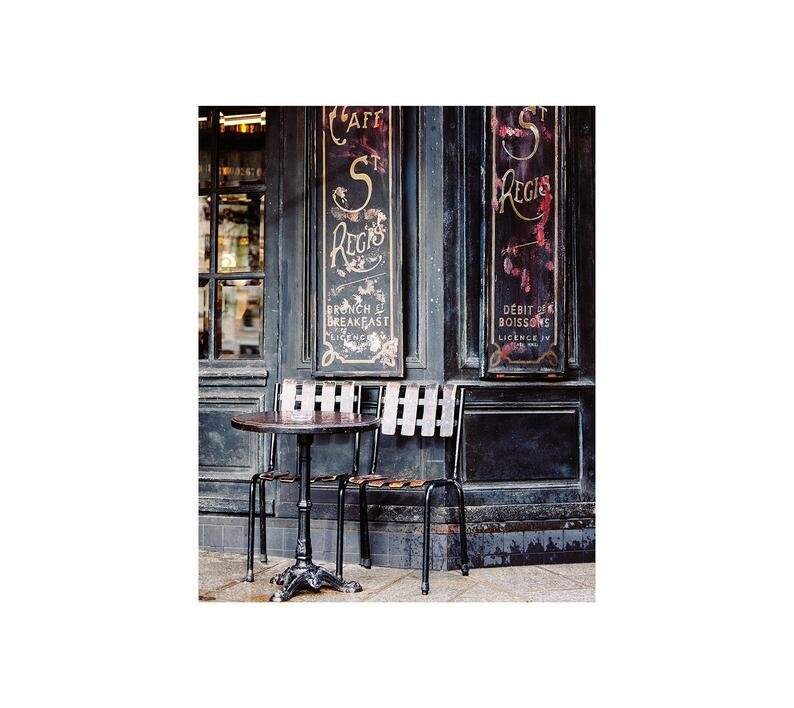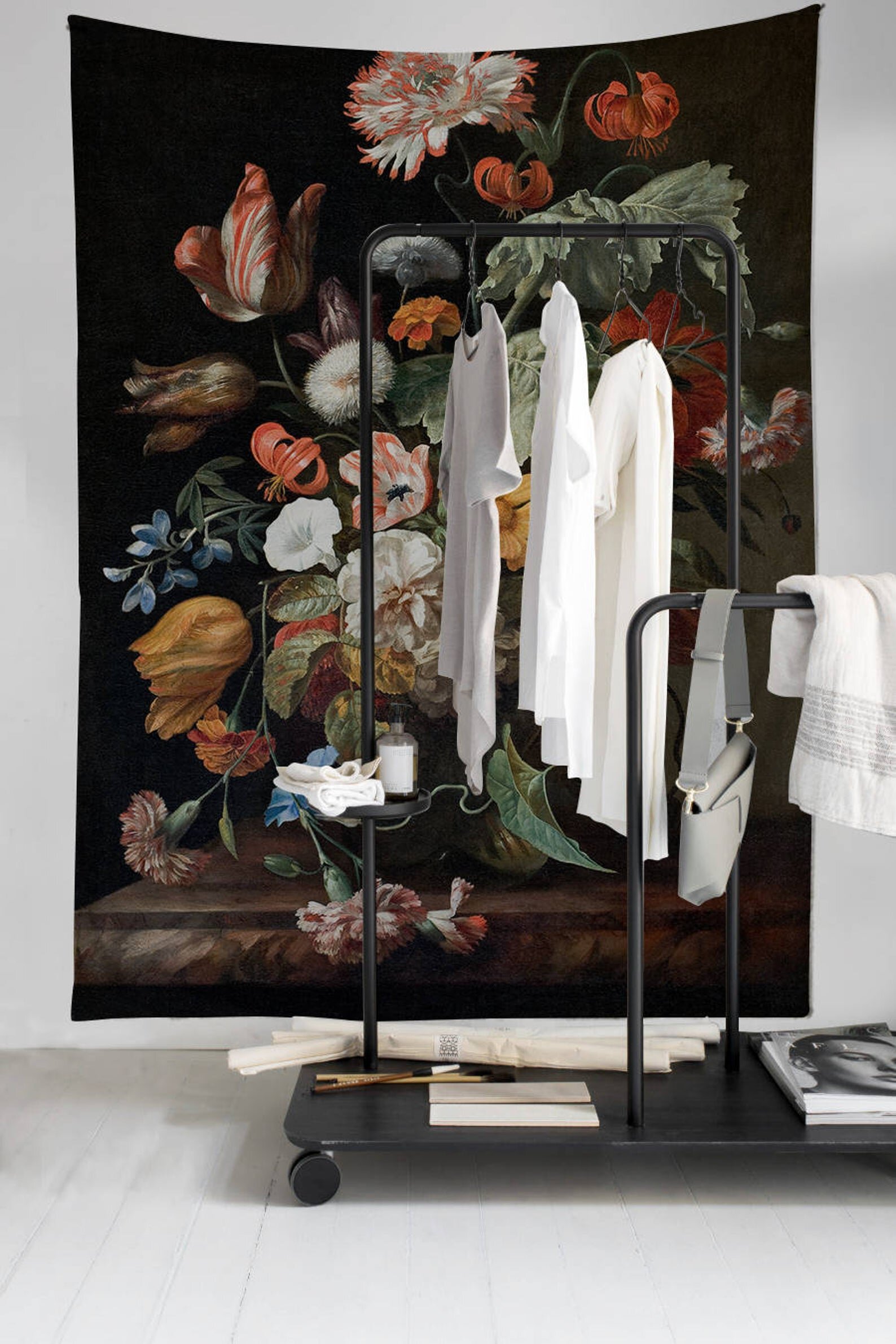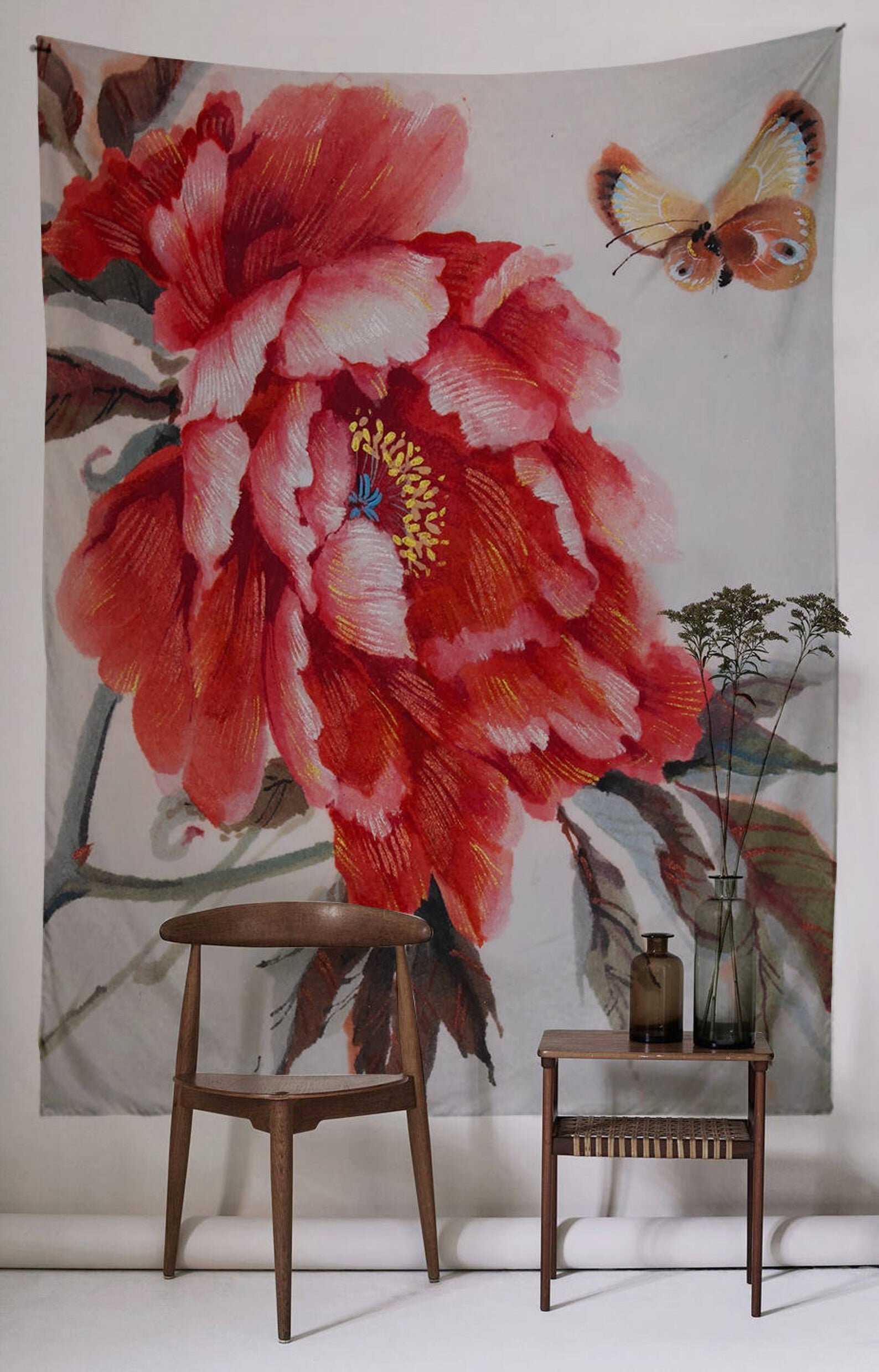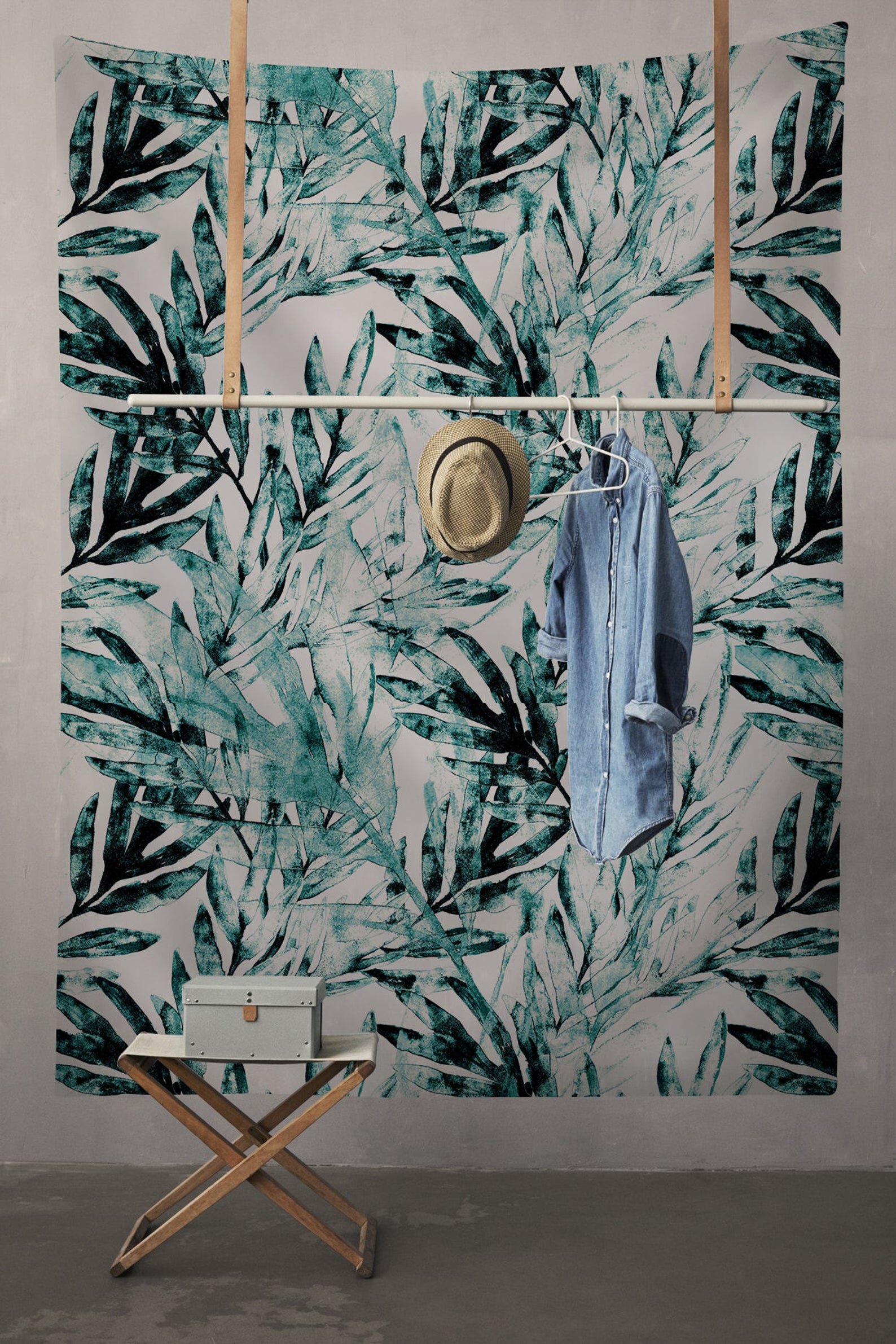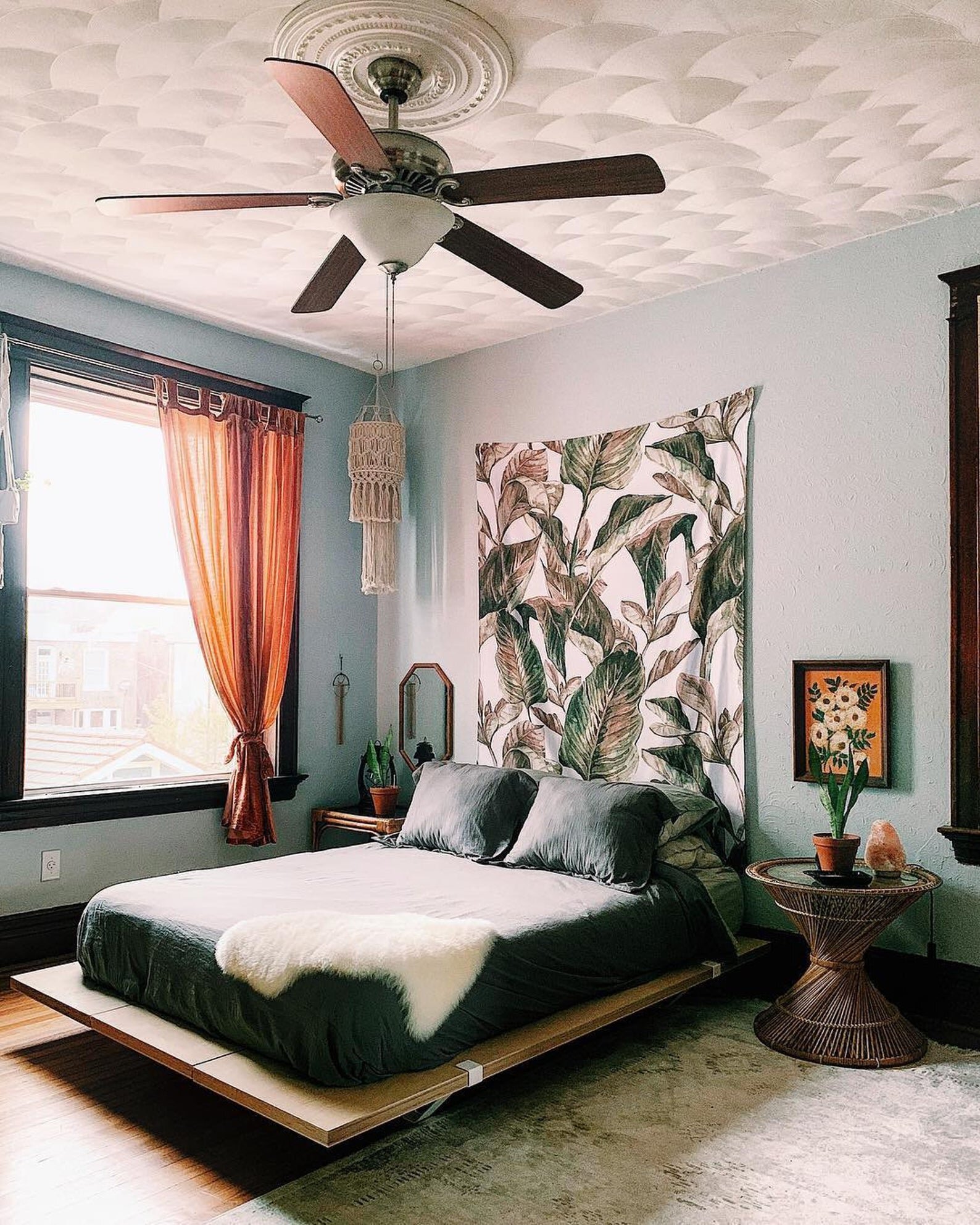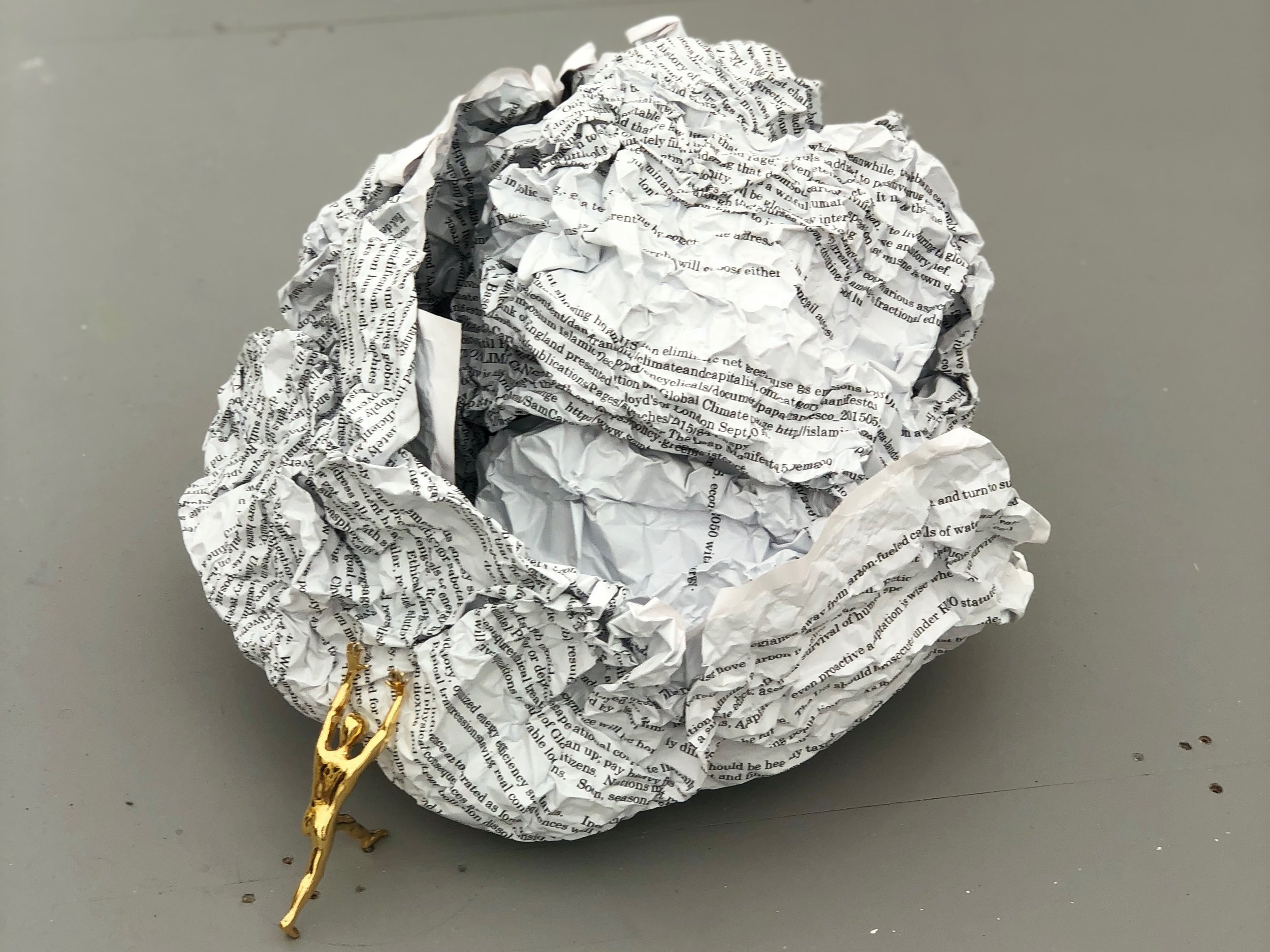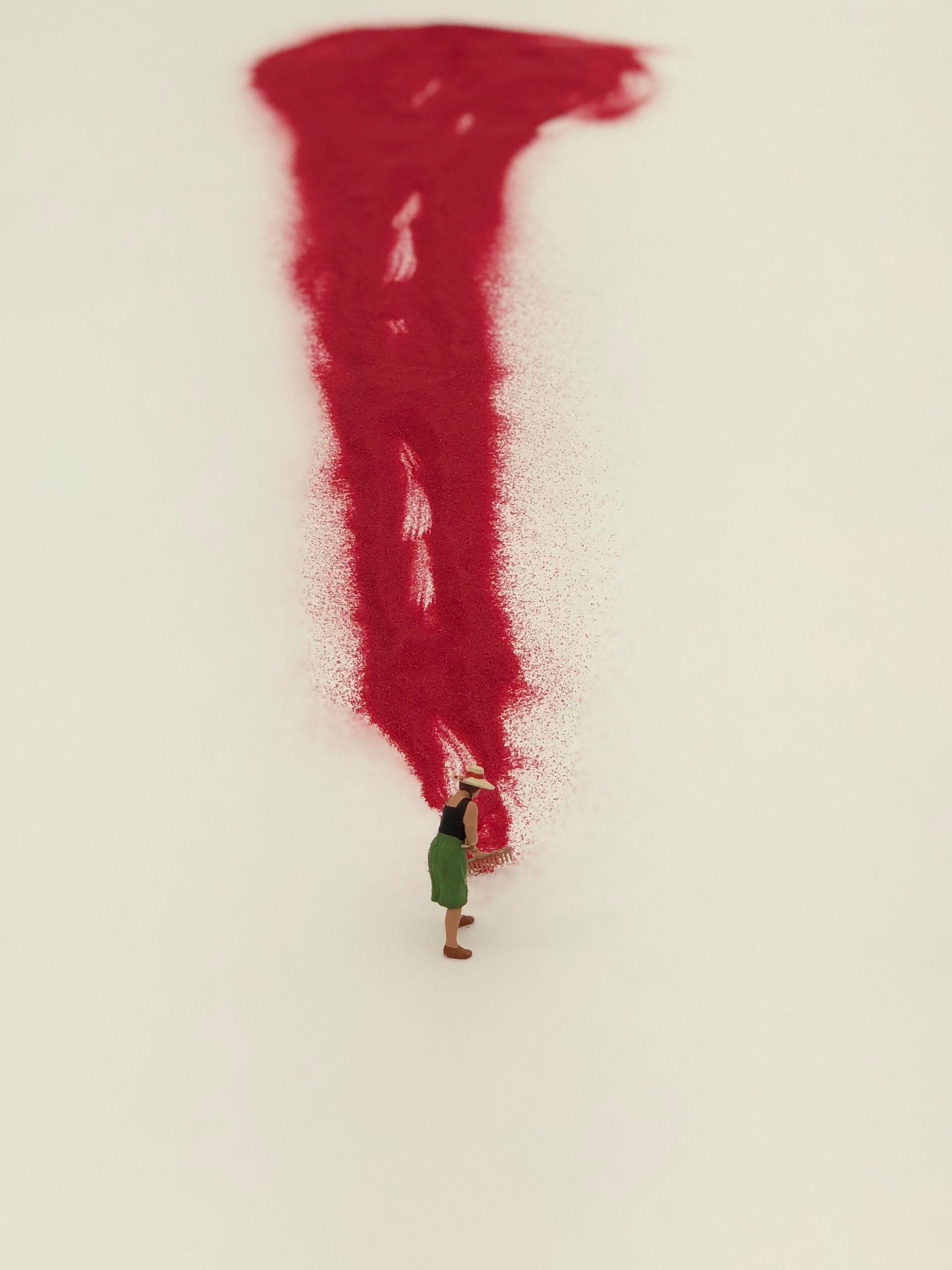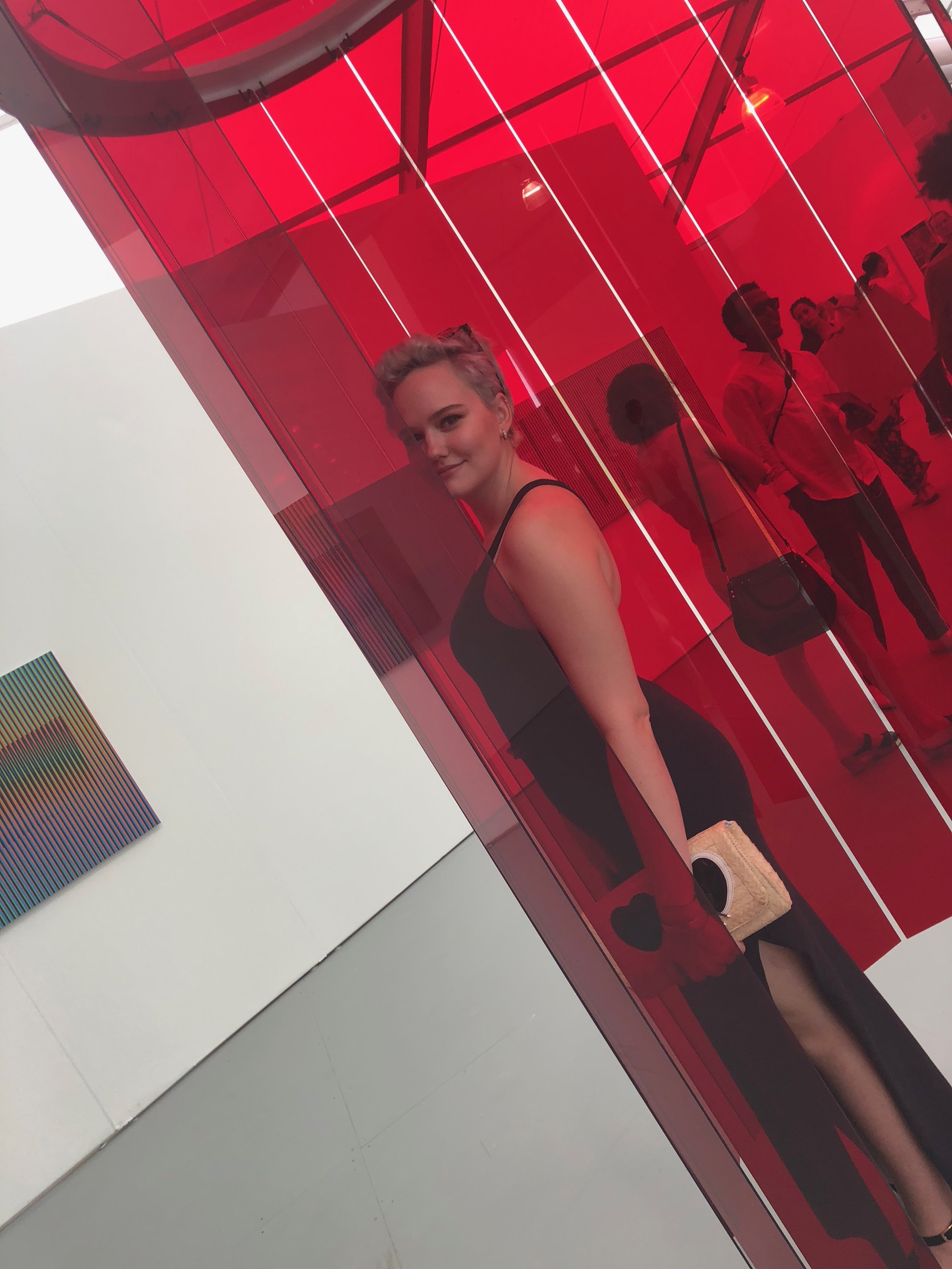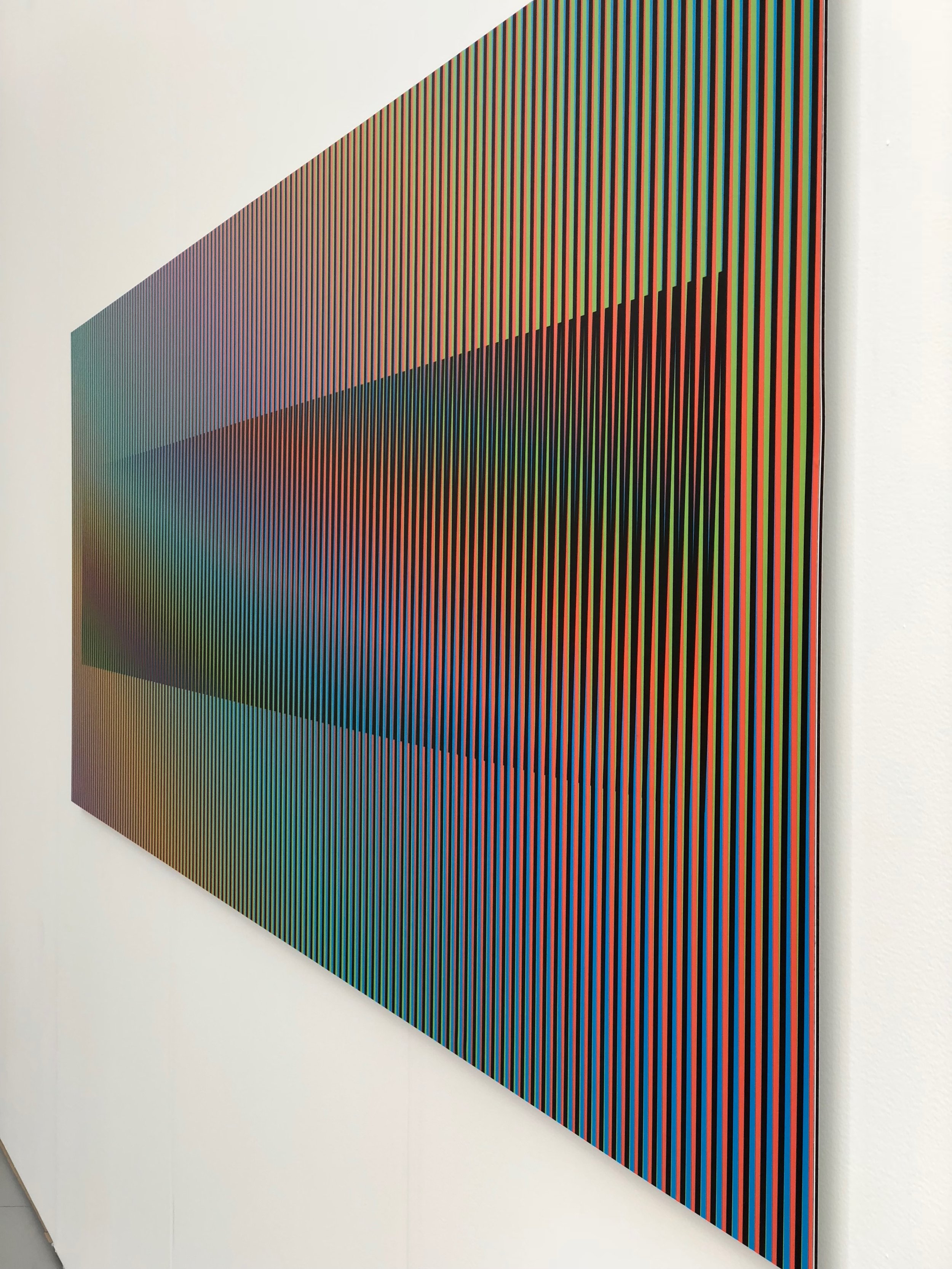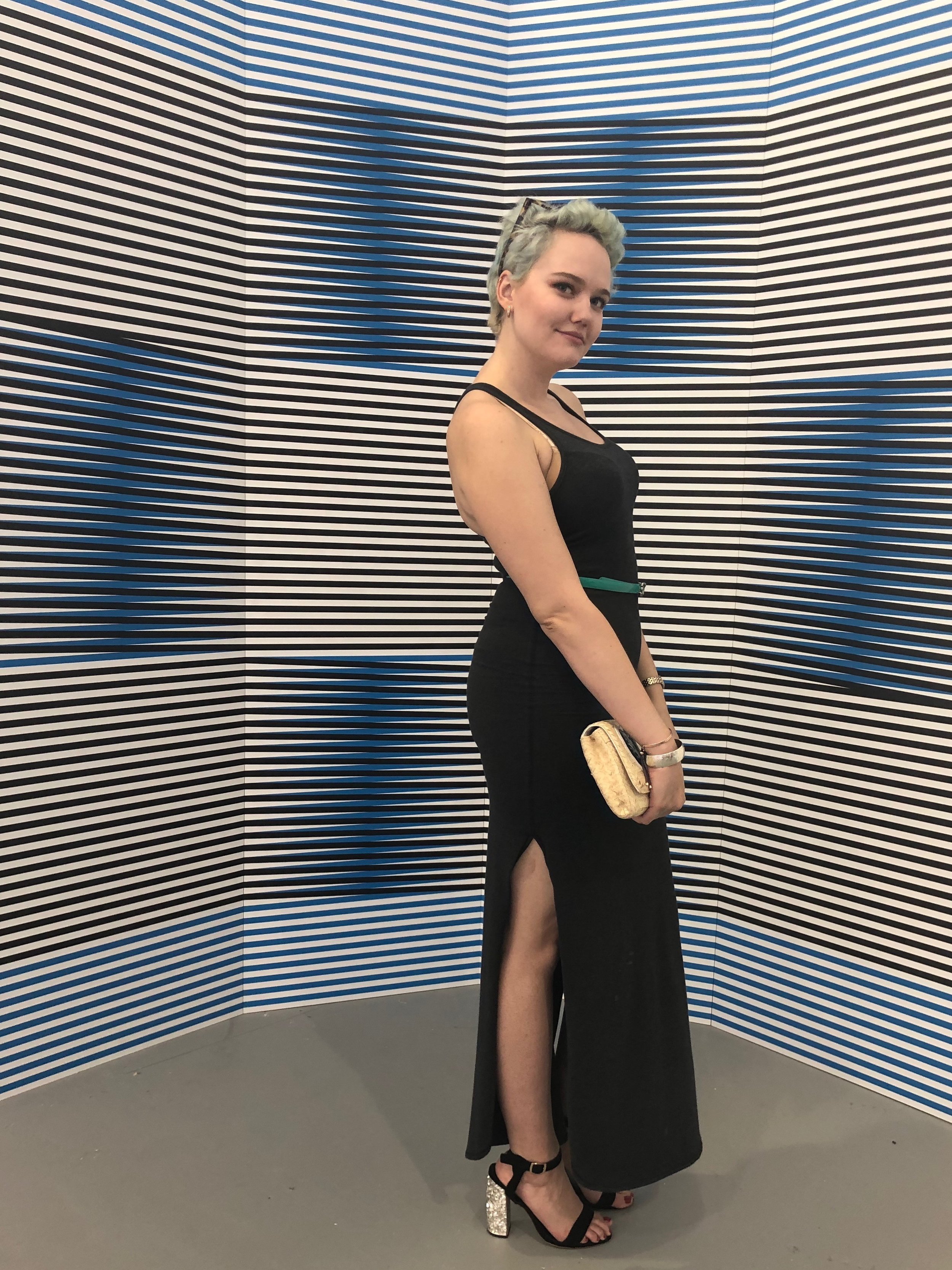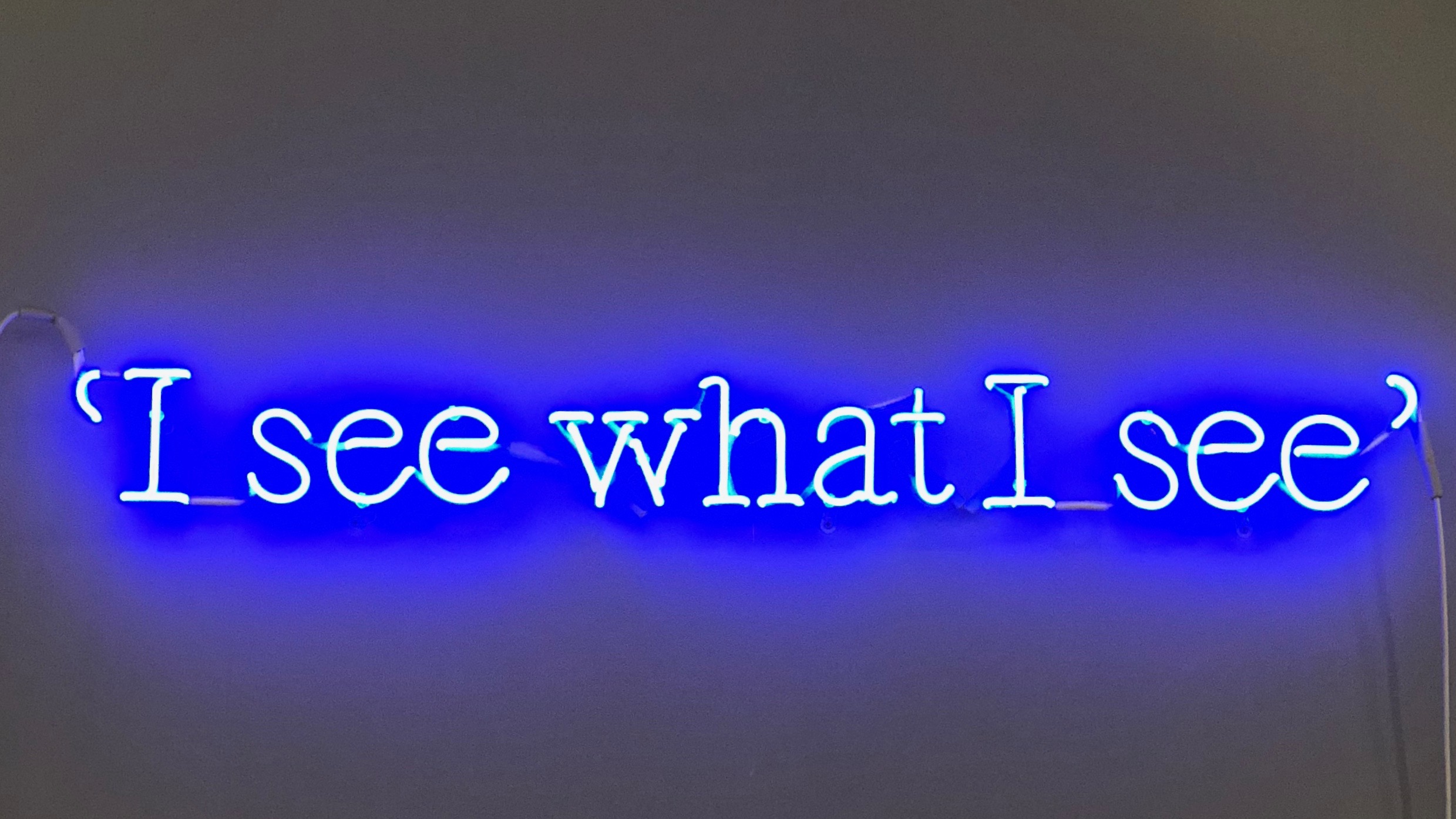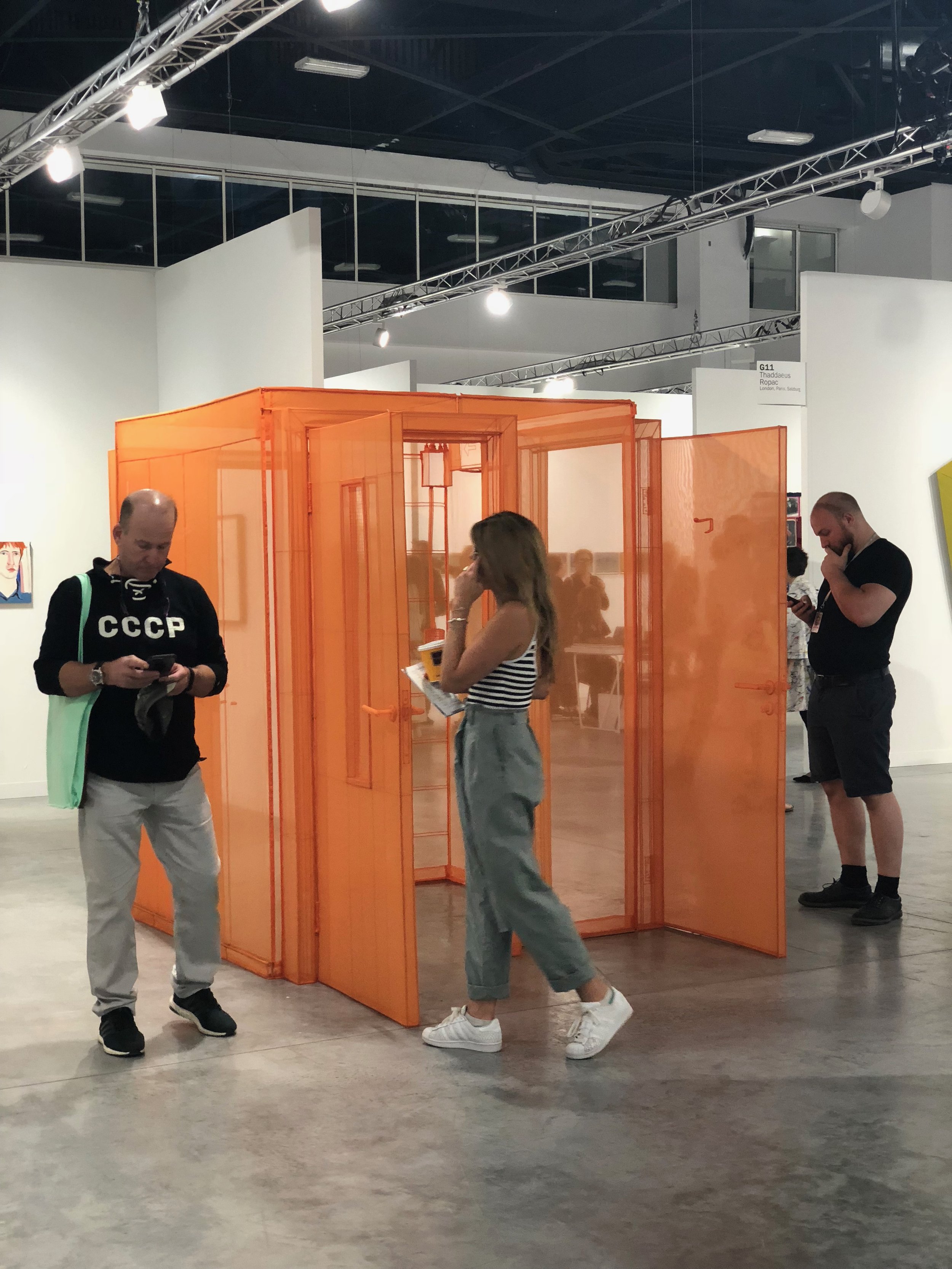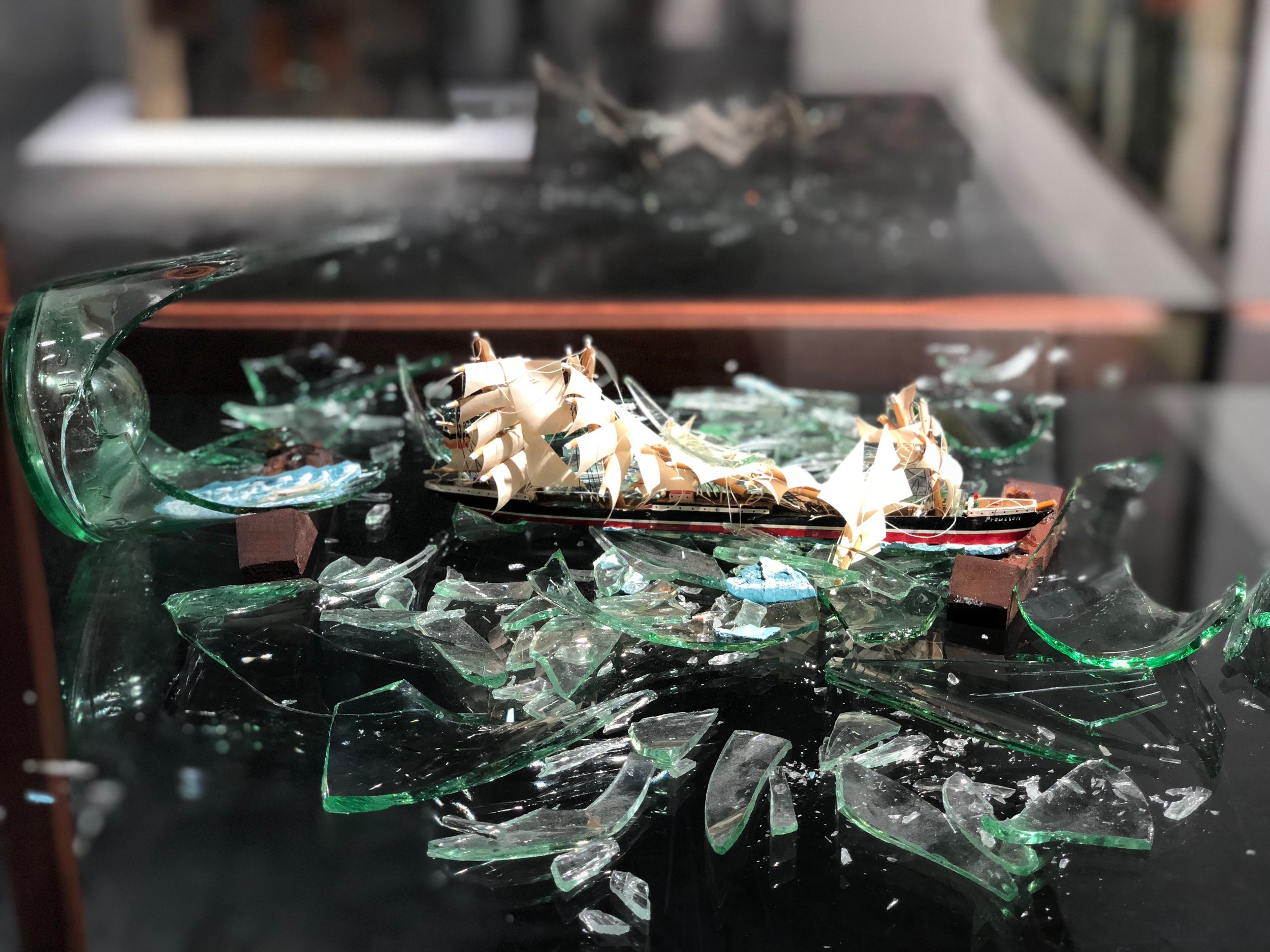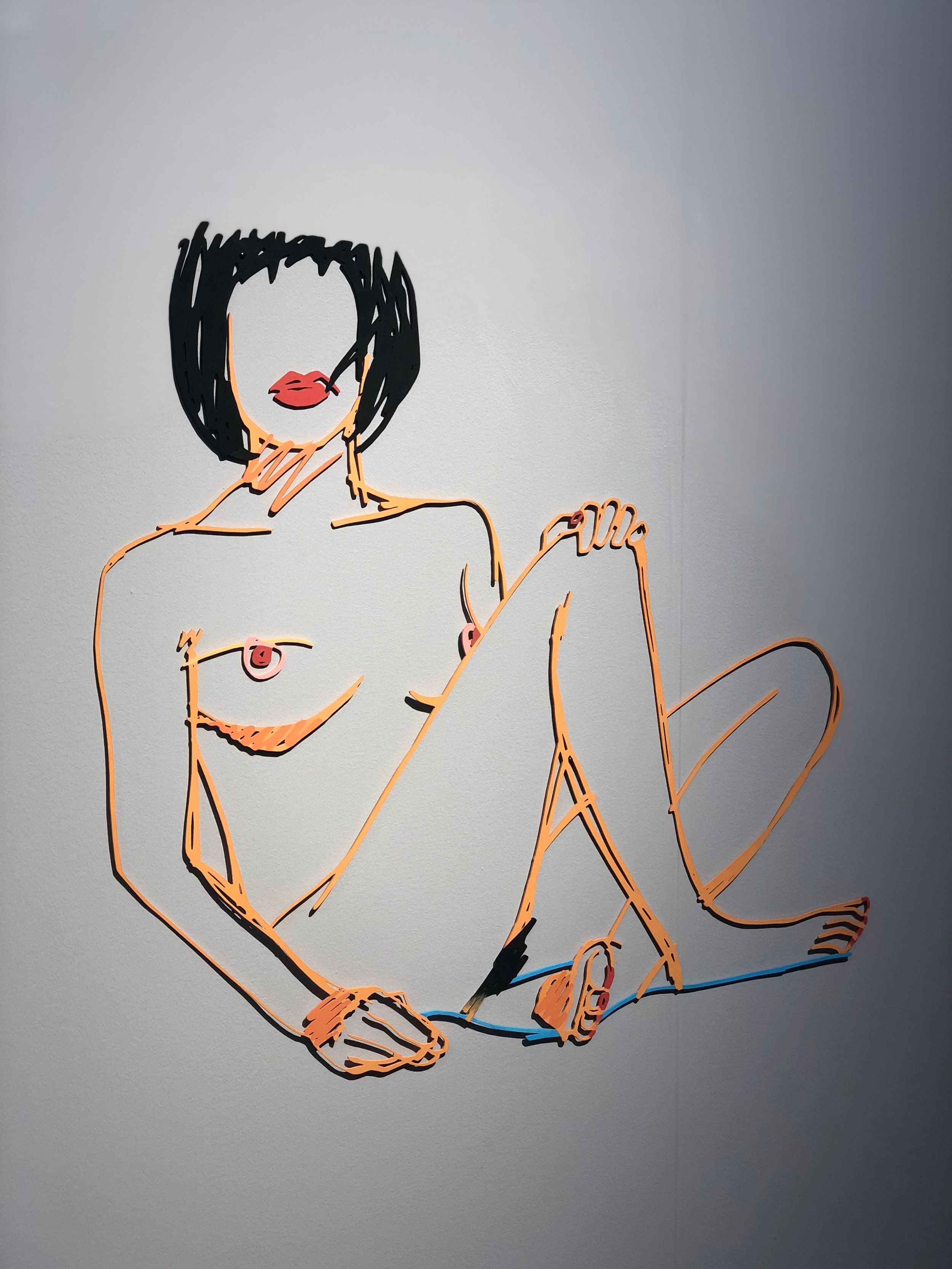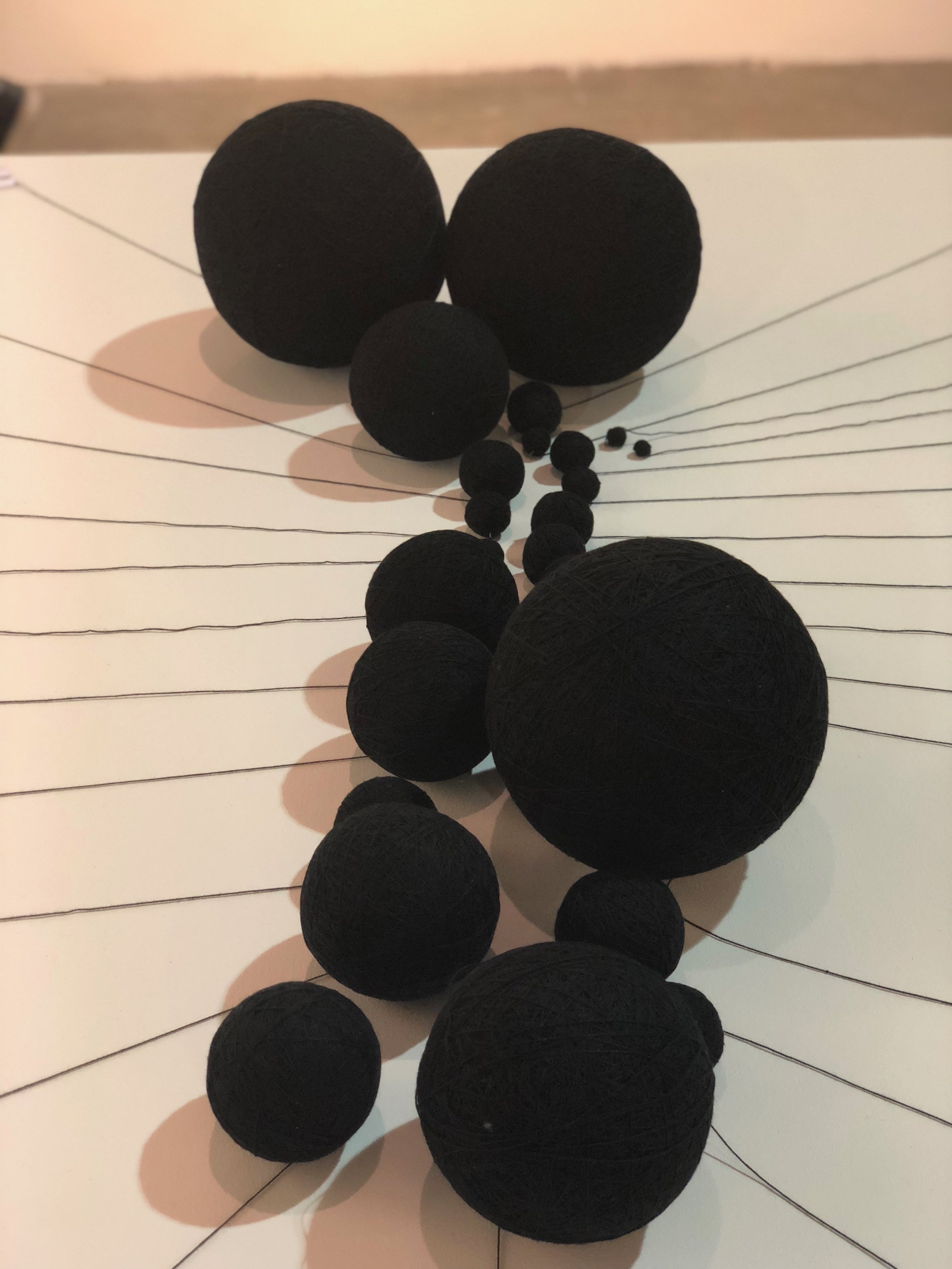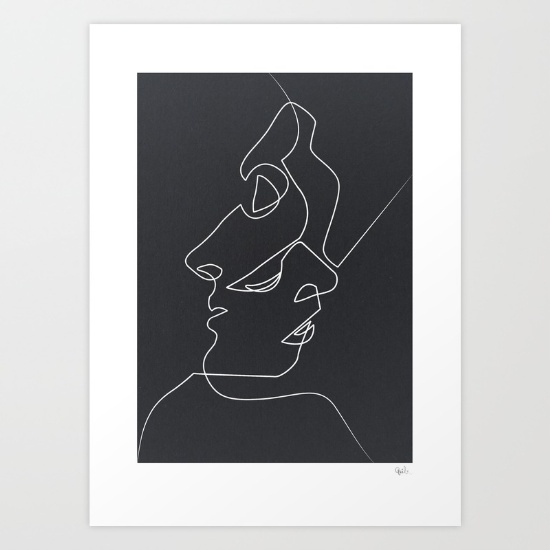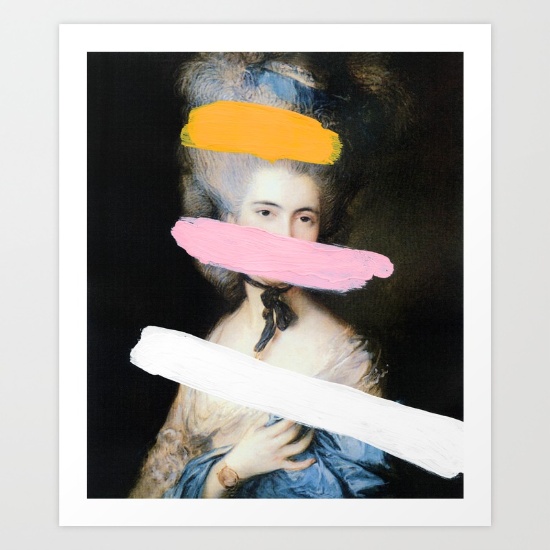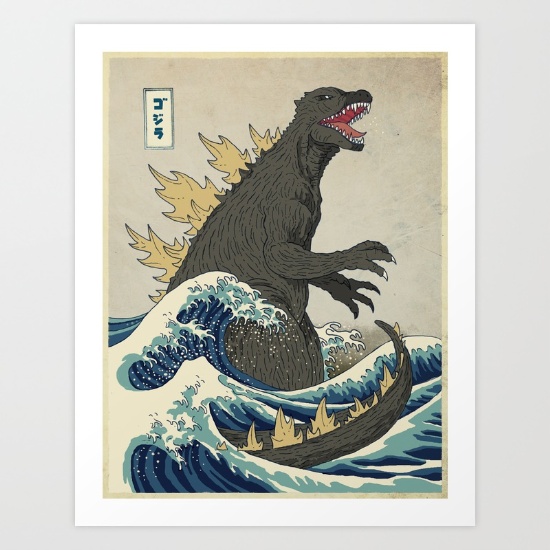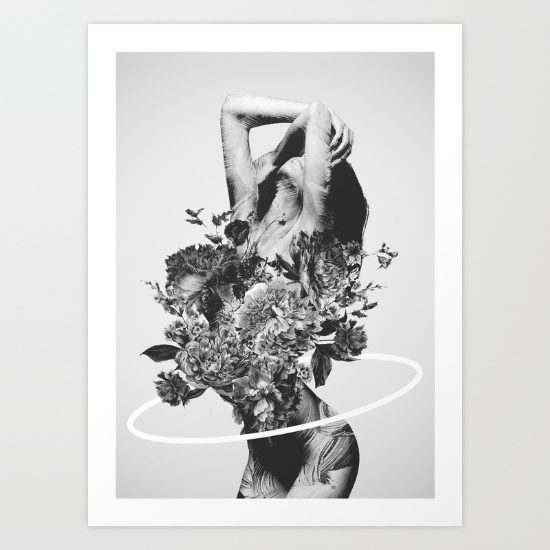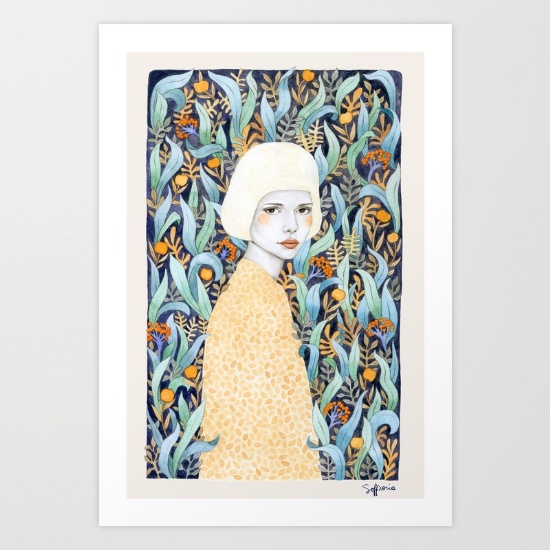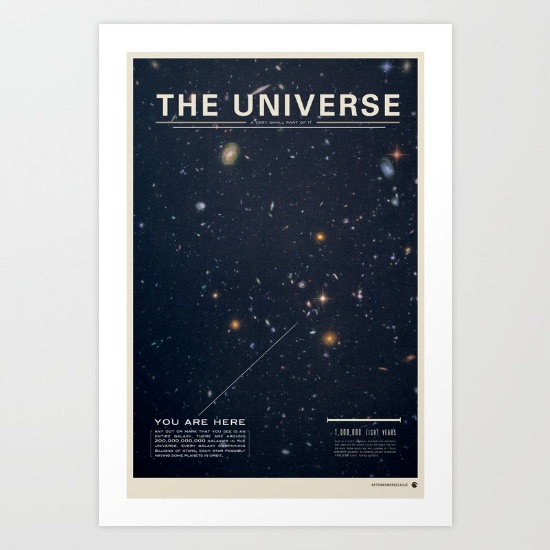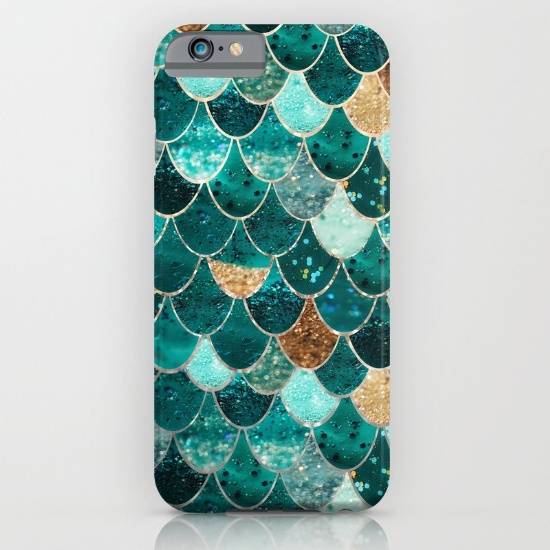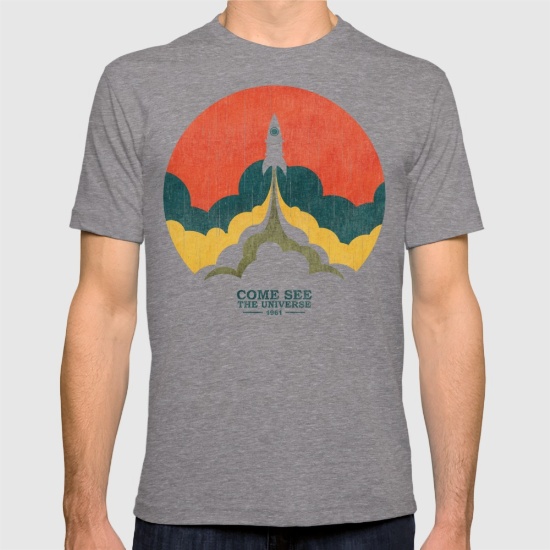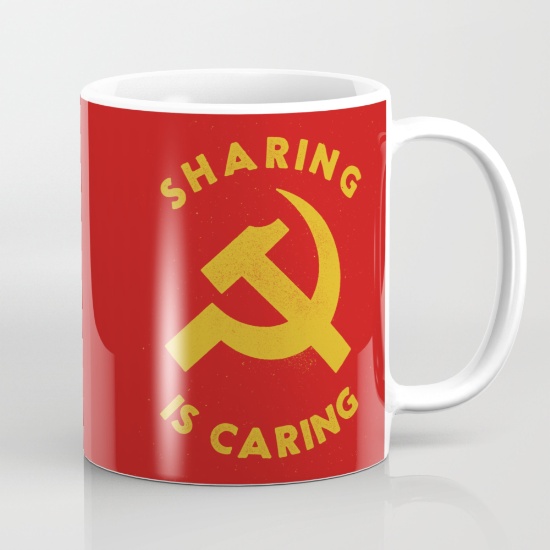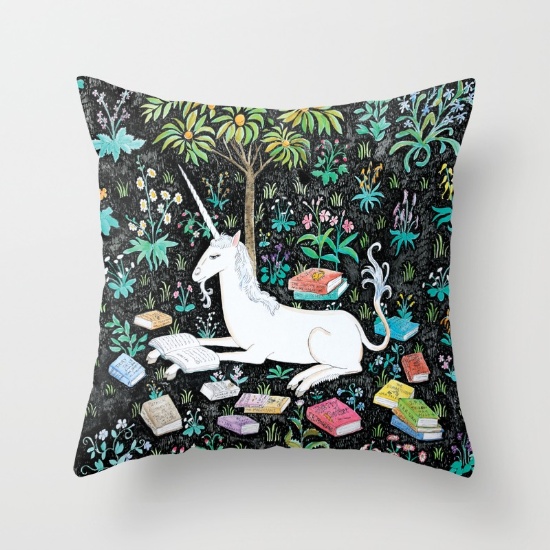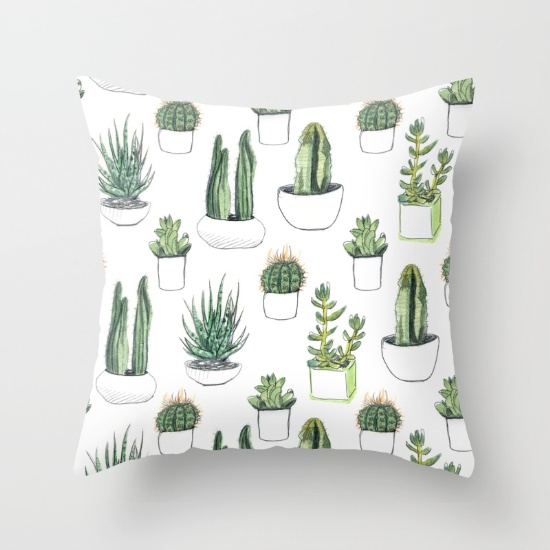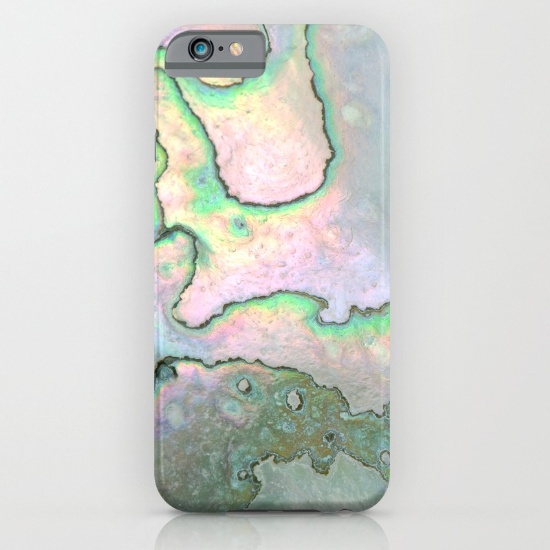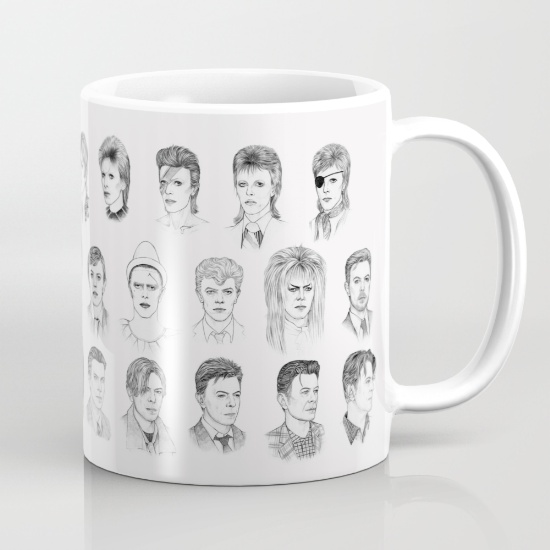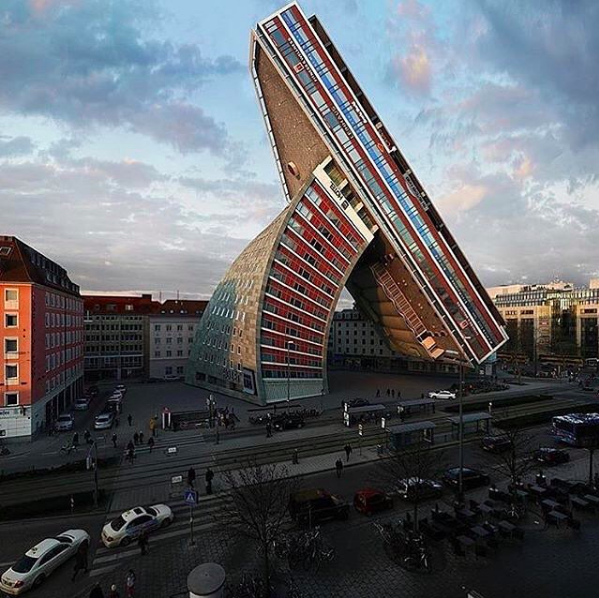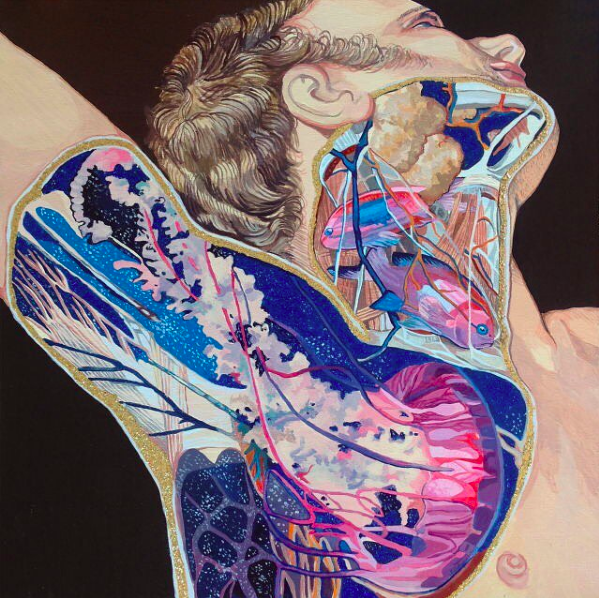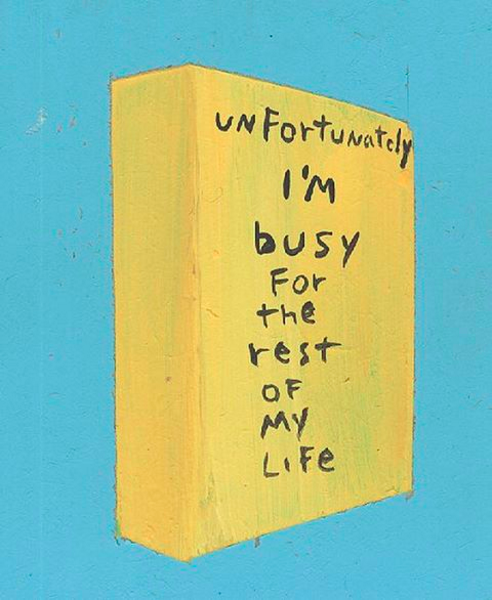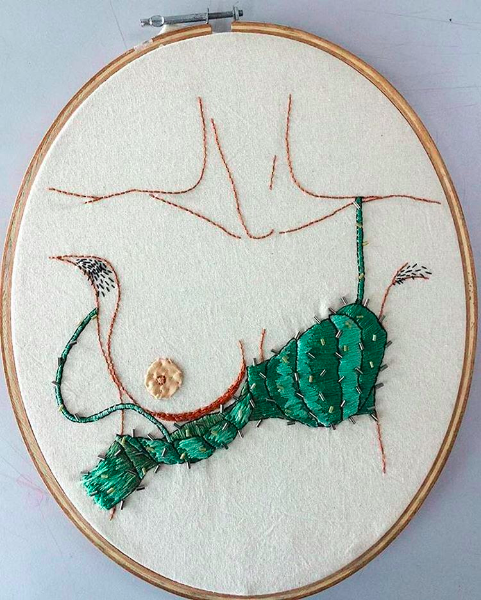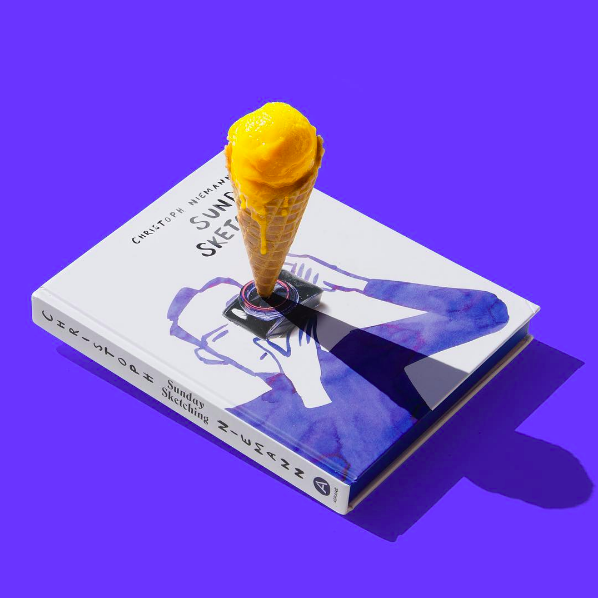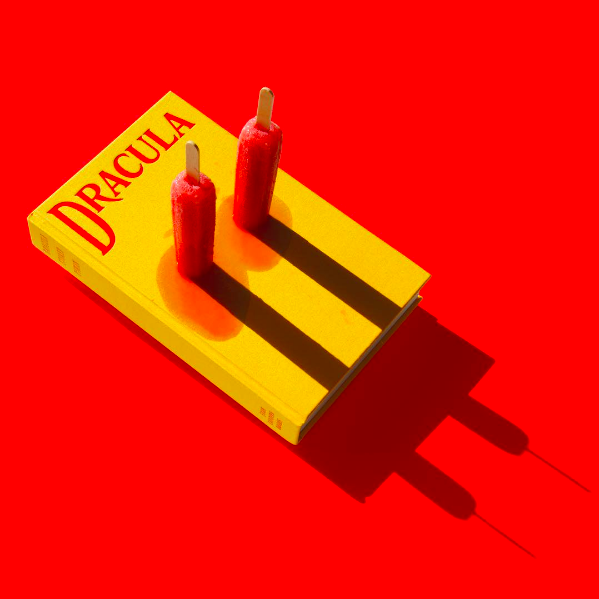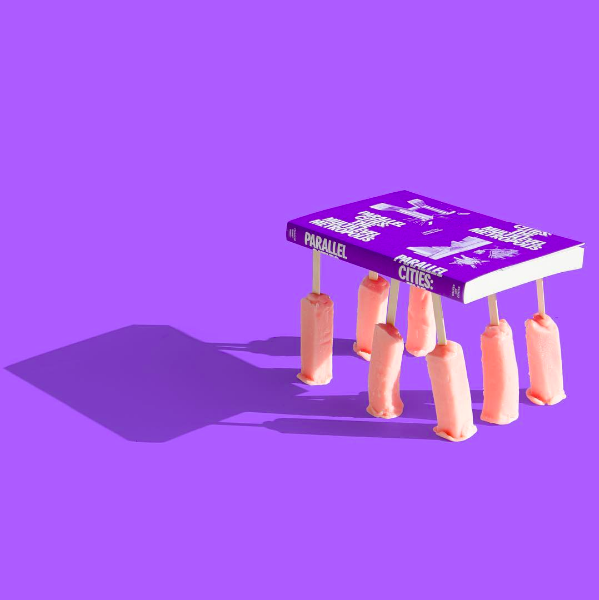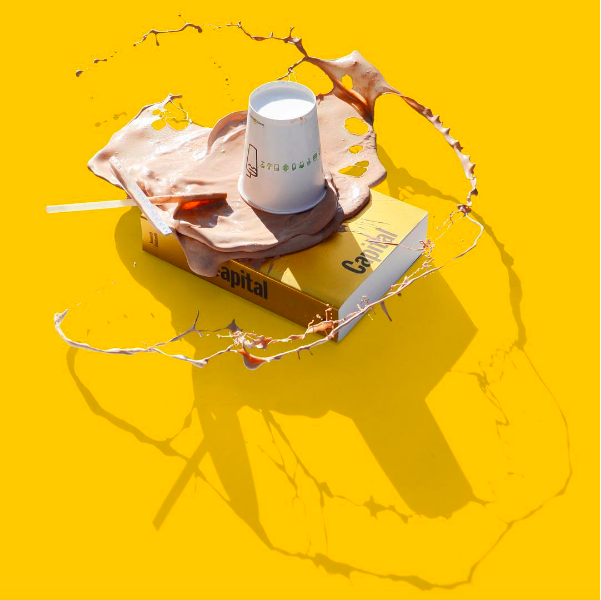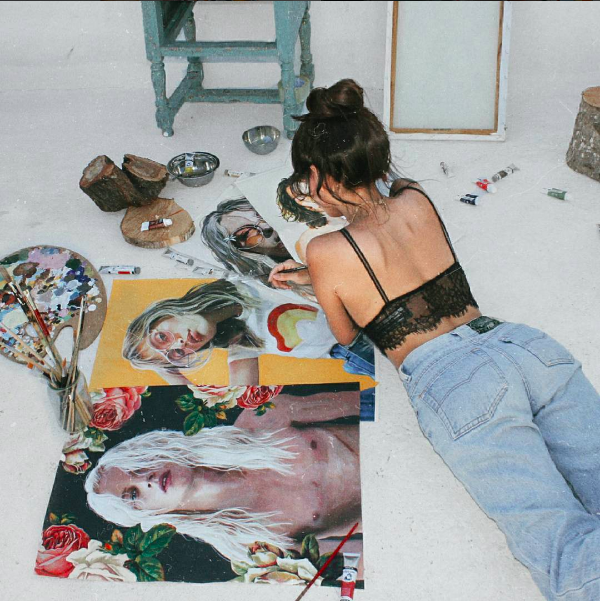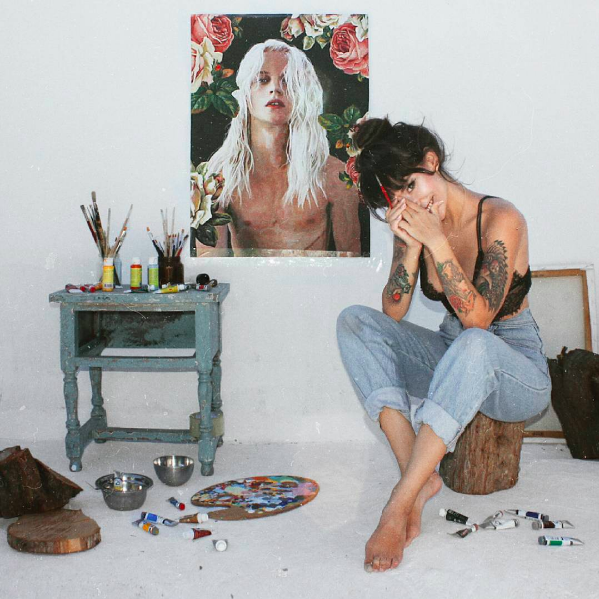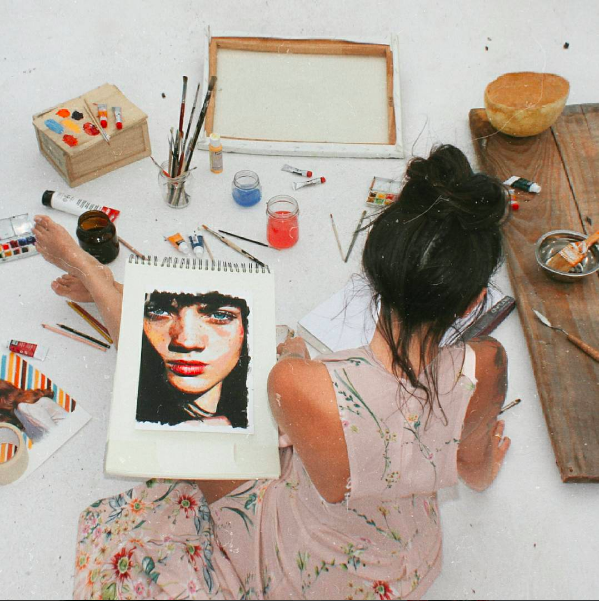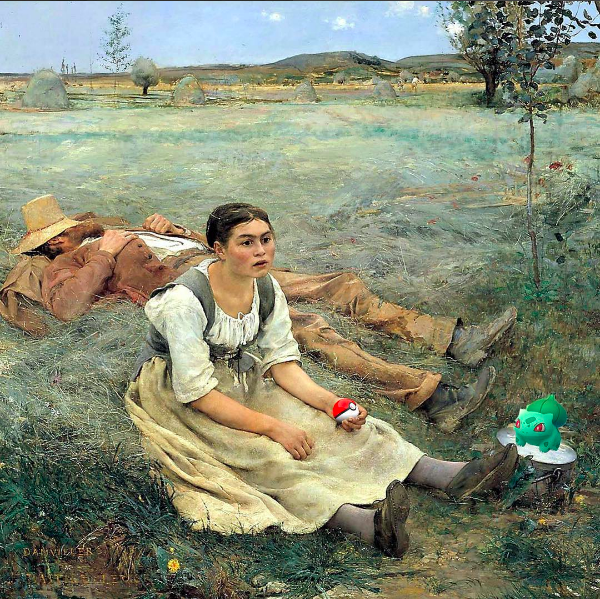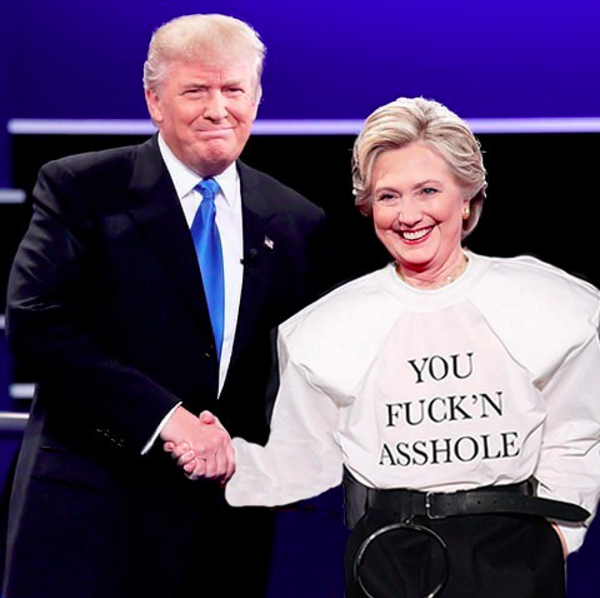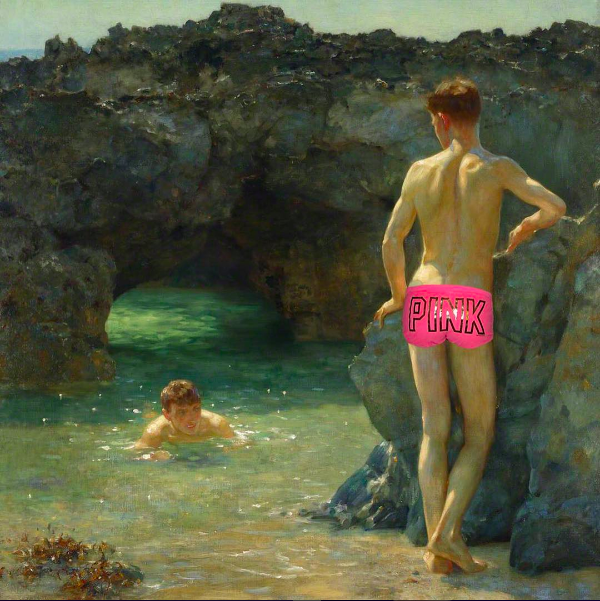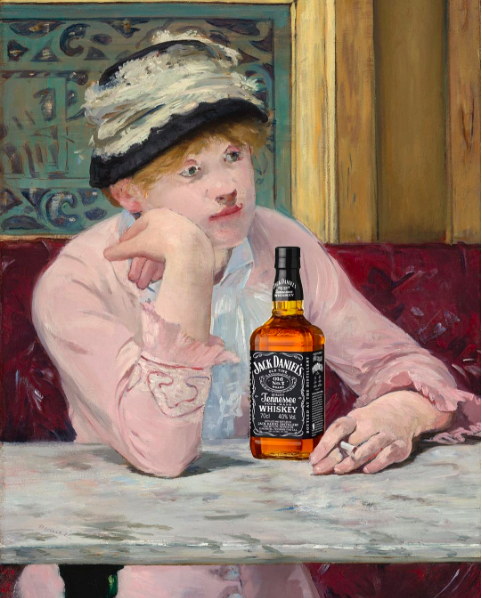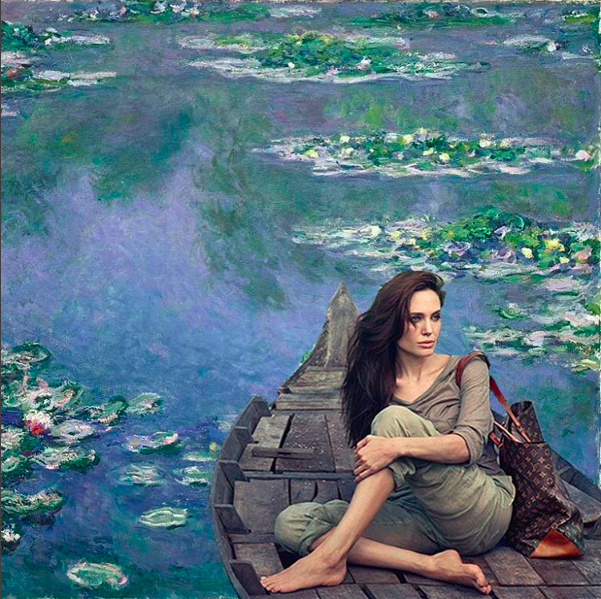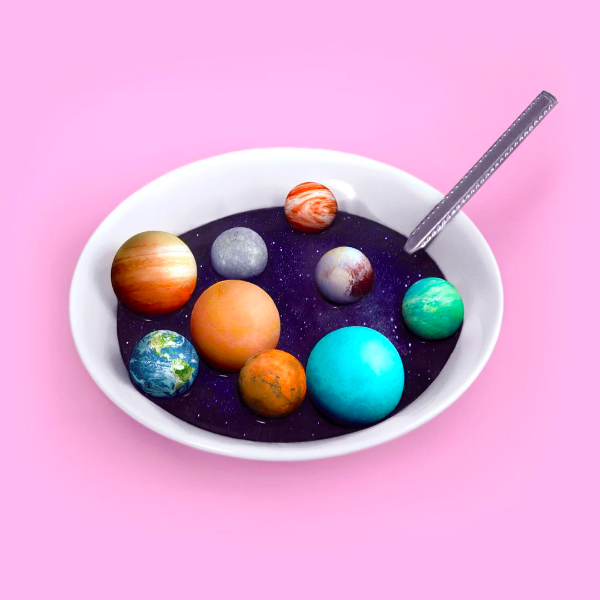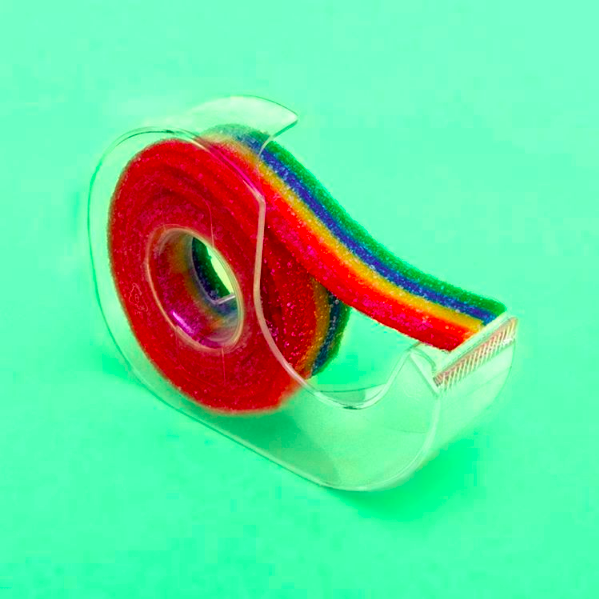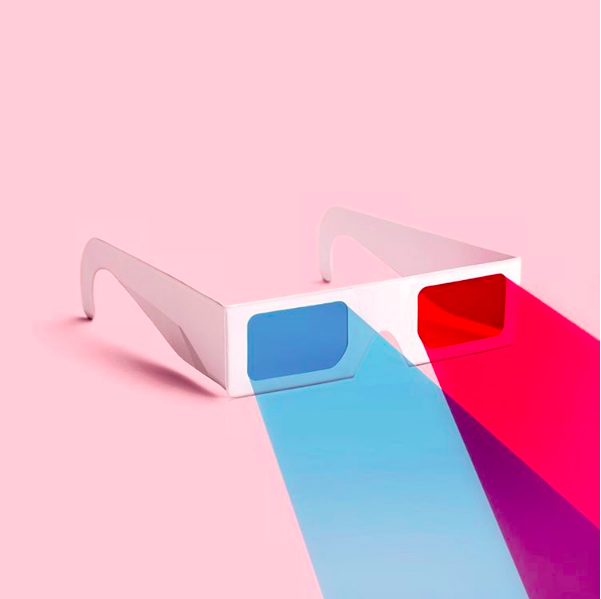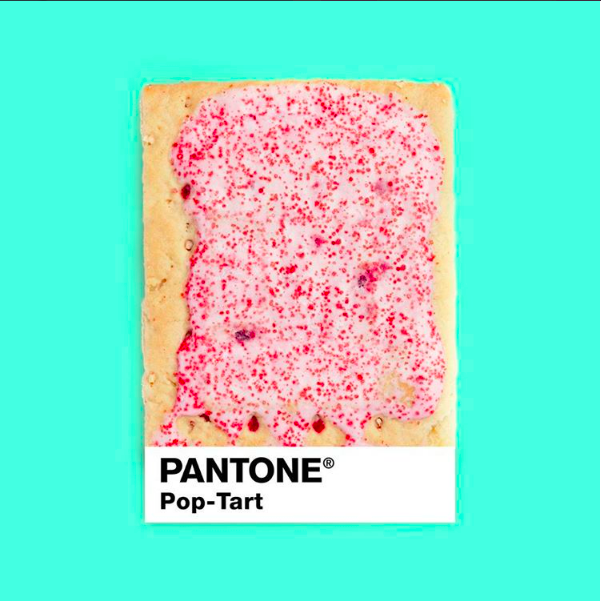When I think back to how I first became interested in fashion, both in the sense of developing my own personal style and with regards to the broader world of design, I think back to the urgency that I have always felt to try and differentiate myself from other people. Fashion might be the easiest way to make this distinction known to others – it’s one of the first things people notice about you, consciously or subconsciously. In my initial attempts to explore my style, I found myself gravitating towards more masculine items and silhouettes. I don’t remember my exact line of thought, but I assume that I wanted to escape more traditional fashion expectations for females, be “not like other girls.”
I used to just wear regular men’s clothes, like baggy t-shirts and sweatpants, but as I continued to explore my style, my wardrobe shifted to include more masculine items of clothing that men typically don’t wear on an everyday basis either: printed ties, old belt buckles, dress shirts. As I became more comfortable with my more masculine visual identity, however, I also began re-incorporating feminine pieces into my style – like a reclamation, it felt like the subversion of the “rules of fashion” originally imposed on me through my gender assigned at birth.
Note: the author does not identify as a woman. Via
For me, fashion has become a form of escape, although at this point, I can’t say whether it represents an escape from societal norms or from being seen as “basic" or “normal,” to be “different.” I do think that these two feelings are inherently intertwined, though; if you are the type of person to feel restricted by societal norms and want to escape them, you would presumably also want to express your feeling of alienation and frustration to others.
This frustration probably explains why there is a longstanding association between queerness and a fascination with high forms of art, culture, and intellectualism. Queer people have historically been outcast by society, not being able to exist comfortably within societal norms and having to constantly challenge expectations of how to live authentically. The word queer, after all, originates not from a description of sexuality but from the status of social rejection; to really be queer is not only to be homosexual but to be a pariah. To channel the queer feeling of otherness into a positive and admirable venue like art, then, allows for a sense of empowerment in the face of isolation. It is no wonder that the community of artists and the queer community not only share a great overlap, but a great dependence on each other, although this is not to say that all queer people must be artistic or that all artists must be queer, but that many queer people may turn to some artistic medium as a hobby and many artists may be more inclined to experiment with their sexuality.
In a similar way, people of color have also always been on the forefront of art, culture, and fashion, and this comes both in spite of and as a result of their marginalization. In terms of fashion trends, a highly visible example of this phenomenon, queer people and people of color (especially queer people of color) have always been the pioneers of new trends and fashion concepts. The examples are endless – whenever androgyny is seen as attractive or fashionable, we draw on trends originating from the queer community, and a variety of other fashion subcultures, like e-girl fashion and sneaker culture, all come from black, Asian, or Latinx communities. The mainstream can only maintain status quo; the only way for it to change is to appropriate from outside subcultures and absorb those things into itself, and with this absorption, the heritage and meaning imbued from those subcultures is often lost. It is always left to people of color and queer people to dynamize and invigorate popular culture with new ideas and trends.
All these observations come somewhat anecdotally from what I see in my everyday life as well as subcultures and movements on the internet, but I also see similar ideas of insider-outsider dynamics in the more historically grounded world of art and literature. I was having a conversation with a friend the other day about how the vast majority of great writers were all known to suffer from extreme mental illness, and I asked her if she thought that the trope of the tortured artist is real, and that great art must draw on great pain. She disagreed with me, arguing that mental illness usually only counteracts productivity and creativity. Artists, she said, have to produce art in spite of their pain and not because of it. The catch is that to produce truly novel art, artists must rely on their ability to think in ways that most people cannot, and the most natural way this happens is when the artists themselves have been alienated, or at least feel alienated, from larger society. It is through their deviancy and otherness that artists can produce great work, but this otherness also forces them into a general rejection from society, which probably cannot benefit their mental health. It seems no coincidence, then, that so many of these artists were also queer, disabled, or physically ill throughout their lives.
Pursuing this connection between art and otherness, I turned to examining the essence of art itself: what about art is so inherently tied subversion and non-conformity? Nietzsche touches on the topic in The Genealogy of Morality with both his own opinion and the thoughts of other philosophers on the subject of beauty, aesthetics, and art. He writes that Schopenhauer, following Kant, believes that beauty consists of the qualities of “impersonality and universality” and “gives pleasure without interest”, meaning that even those with no knowledge or interest in art can still appreciate its beauty. Nietzsche takes issue with this definition of art, however, since it only addresses art in the perspective of its audience – a general, uninformed audience at that – and instead, he turns to defining art through the lens of the artist. He looks to the French writer Stendhal, who writes of beauty as “une promesse de bonheur”, or a promise of happiness. Here, the focus of happiness is shifted from the universal audience to the individual artist, once again directing our attention to the distinction between the artist and the wider society viewing the art.
Arendt’s The Human Condition also discusses the nature of art and happiness. Praising art as one of the greatest and noblest creations of humanity, Arendt writes that the greatness of art comes from its total lack of material necessity, since art is produced through passion, not to satisfy our animal need for survival and sustenance. By creating something outside of themselves, humans no longer exists as merely an animal laborans (laboring animal) but as a homo faber (man the maker), making themselves a near god through their enduring legacy. Especially in a capitalist world of never-ending consumption, to produce art is to defy the impulses of society and pursue a higher purpose.
Like Nietzsche, I find that Arendt focuses more on the experience and will of the artist rather than the art’s effect on an outside audience, separating the individual’s internal world from what they produce or change in the external world. The relationship between the internal and external thus becomes the key to understanding art. What separates our sense of self from the outside world? From other people, or from other living things? This space between the artist’s internal and external must be where the sphere of art lies: it is the exploration of the artist’s self in the midst of a world of both beauty and chaos.
This is a picture of me reading Nietzsche
All forms of art ultimately rely on some sort of communication or production to the outside world, regardless of medium. The art of dance, for instance, follows this rule – even though dance is limited to the individual body, it is still expressed outwards to the external world. Simply thinking of dance moves in your own head would not be considered art, but the act of dancing is. Likewise, thinking about a painting or a series of musical notes in your head is not art; art is only created when something is produced into the external world. This understanding of art, however, also allows us to view art as the tangible extension of the self to the space beyond the self, like a grand declaration of sorts to the external world.
At the same time, art is something that arises from the deeply internal world of the artist, something incredibly personal and intimate. Natural occurrences and phenomena can undeniably be considered beautiful, but I would not view them as works of art unless they were captured in some form of human interaction, like photography or painting. The closest thing I can think of to art created by a non-human is AI art, but even then (at least with our current level of technology where AI has no consciousness), humans still run the programs behind these algorithms to direct the final product. Thus, art necessitates deliberate human action and can only exist as the production of a human artist. As Arendt argues, however, this is what gives art its value - the act of creation and the instillation of meaning. Art is really something innately and profoundly human, the deliberate expression of the artist’s internal world to the external world.
Viewing art as the bridge between the internal and the external allows for a more intimate connection between art and the unique experience of the artist. This is also what makes art, and all things artistic like fashion, literature, and culture, so essential to marginalized communities. Being part of a group that experiences oppression not only compresses the individual externally but also represses the individual internally; outward acts of discrimination combine with a constriction of the sense of self to affect the entire identity and spirit. Art then becomes a method of resistance, of projecting outwards in spite of oppression. Within a society that naturally constricts and restrains and pushes back against the efforts of the oppressed to both develop their authentic selves and express themselves freely, art not only provides a form of therapeutic release but also can be weaponized against the forces of systemic oppression as a type of protest. To use Frye’s birdcage metaphor for systems of oppression, if the marginalized individual is a bird in a cage, art is the birdsong that can be heard from outside the cage, even if the bird itself cannot be freed.
References:
Arendt, Hannah, The Human Condition (1958)
Frye, Marilyn, The Politics of reality: Essays in feminist theory (1983)
Nietzsche, Friedrich, On the Genealogy of Morality (1887)
Further Reading:
Dien Winfield, Richard, “Natural Beauty and the Philosophy of Art” (1995)
Various Authors, Reddit, “Not Like Other Girls” (2022)




